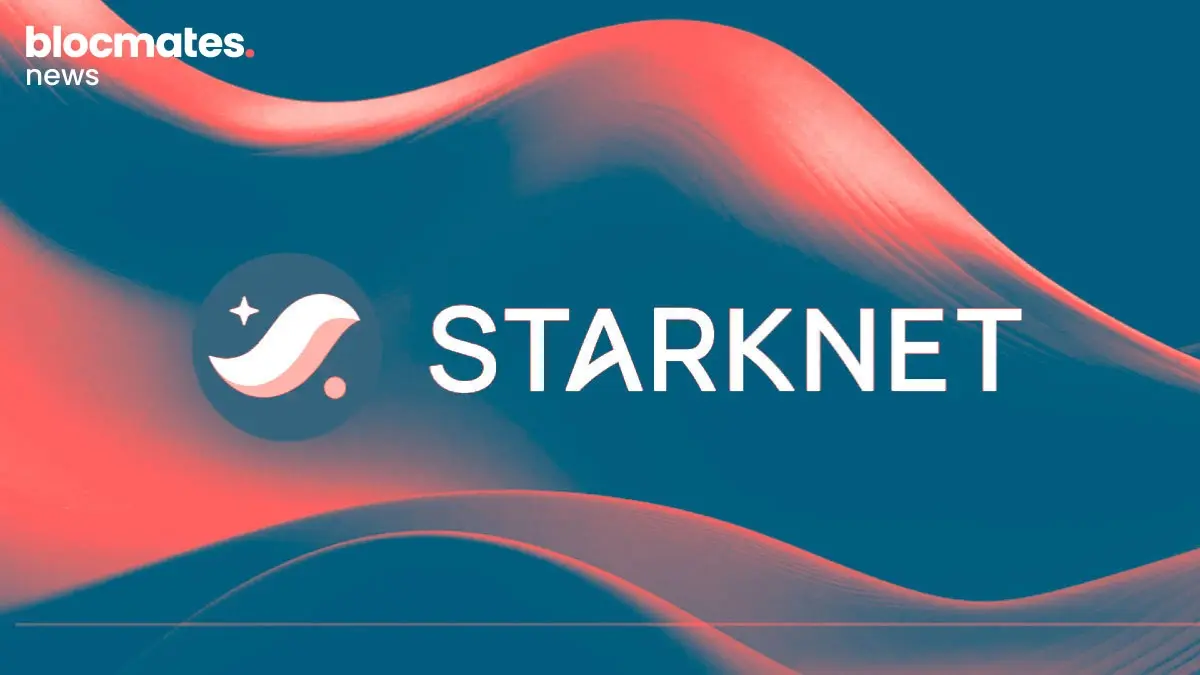A quick chat with anybody outside this little asylum that we call crypto, and they’ll all tell you the same thing.
“Crypto is so volatile, right? Soo risky putting your money in it.”

While some people shy away from volatility, other people embrace it. Volatility often offers opportunity, and no, I’m not referring to you degens sliding up the leverage bar and going all in on a hero or zero trade.
I mean, structured products can be created around crypto’s unique volatility.
DeFi is still very much in its experimental phase. There’s a ton of testing happening to figure out what crypto primitive works. For example, different forms of yield farming are something unique to crypto, and it stuck. Perpetuals are also something unique to crypto, and it stuck.
Likewise, more primitives are being built currently, and we have to wait to see what sticks around.
One such primitive that we think will stick around is volatility farming.
So, what the hell is volatility farming?
We already covered the basics of the concept in a previous article, but the idea behind it is this.
The crypto market is very volatile, but there is no real way to capture gains purely from volatility outside of price movements. Hence, why not create a vault or wrapper contract that allows you to create a derivative token of an underlying asset and tokenize its volatility?
What does a derivative contract offer you? Arbitrage opportunities. Volatility will likely cause disparities between the underlying asset and wrapped derivative asset, which creates arbitrage opportunities where profit can be tokenized and provided back to the users as volatility yields.
The protocol that championed this idea is none other than Peapods Finance.
Most of you may already be familiar with Peapods from the glorious run of the PEAS token to start the year, during which it went from around $0.20 to $12 in a couple of months.
Well, on today's agenda, we’ll be talking to you about everything Peapods — how it works, how you can use it, how you can profit from it, the tokenomics, and much more.
So strap in. This one should be good.
What is Peapods Finance?

Peapods is a trustless volatility farming protocol that doesn’t rely on oracles or external price feeds. It allows users to profit from volatility through arbitrage, thanks to something called Pods.
Pods are at the heart of the protocol.
Pods are essentially wrapped assets. A Pod can be just one wrapped asset or multiple wrapped assets. All Pods will always be backed 1:1, as the underlying assets deposited into Peapods will be backing them. This backing ratio can increase over time, depending on the specific Pod setup, but it can never decrease.
Similar to most things in DeFi, any user can create a Pod, which is represented by a receipt token when done. For simplicity’s sake, let’s refer to the underlying asset(s) as TKN, which means that when wrapped, the receipt token for the Pod will be pTKN.
Of course, these Pods can be unwrapped at any time, but there is a fee for both wrapping and unwrapping. This cost is what essentially determines the profitability of the arbitrage opportunity for people to farm volatility.
The level of price deviation between TKN and pTKN compared to the cost to wrap or unwrap determines the arbitrageur's profitability.
Let’s say a certain event triggers volatility in the market, making the pTKN cheaper than the TKN. In this scenario, a trader can buy the pTKN, unwrap it to TKN, and then sell the TKN in the open market to make a profit.
In the reverse scenario, where the TKN is cheaper than the pTKN. A user can buy the TKN, wrap it for pTKN, and then sell the pTKN for a profit in the secondary market.
Simple arbitrage, given that it makes sense after accounting for fees.
The volume from this arbitrage will generate revenue for the protocol via wrapping and unwrapping fees. This fee is then used to benefit PEAS holders (more on this later), LPs, and pTKN holders.
This general setup described above is the second phase of the Peapods protocol — The green arrow Pods.
So, what are green arrow Pods?

Green arrow Pods differ from the initial iteration, named legacy Pods, in one stark way. They have an option to include a burn fee, where a portion of the fee earned from wrapping/unwrapping is used to burn a portion of the pTKN supply.
The idea was that initially, the backing ratio between TKN and pTKN was always 1:1. Now, with the burn, there can be more TKN backing each pTKN since pTKN gets burnt. So when unwrapping, each pTKN unlocks more TKNs.
This allows the basic arbitrage trade to become slightly more profitable, but it also additionally allows users to earn by passively holding pTKNs.
If you hold a high-volume pTKN that sees a lot of burn, you will be able to unlock more TKNs per pTKN by basically doing nothing.
For the math nerds interested in how this is calculated. The protocol finds out the collateral backing ratio and then applies the following formula: (pTKN*CBR)*(100%-Unwrap Fee%).
For more details on how volatility farming and fee distributions work to incentivize Peapods users, you can read the docs, or watch the explainer video #1 and video #2.
PEAS Tokenomics
The PEAS token plays a major role in the protocol.
Its main function is to serve as a reward token, but it's not like your other average reward tokens that pay through inflation and have infinite sell pressure. PEAS is deflationary while accruing value.
PEAS has no supply overhang. It was a fair launch, with 100% of the supply minted and fully circulating at TGE.
The fees collected from protocol usage are used for two purposes. First, they are used to buy PEAS tokens, creating buy pressure. Then, some of these market-bought PEAS are distributed to LPs, and the remainder is burnt.
The mechanism creates constant buy pressure during volatility on any Pod, while the burn makes the token deflationary.
So, if you’re bullish on Peapods seeing a lot of usage, buying the token is the best way to express this. More volume through the protocol will directly correlate with buying pressure and deflationary pressure on the token, causing it to rise.
Simple but elegant.
Another thing to keep in mind with the PEAS token is that it will play an integral role in the upcoming LVF protocol upgrade (discussed later in the article). It essentially involves revenue share from revenue collected from this upgrade, providing an additional earning avenue for PEAS holders.
The token distribution is as follows.

Oh, and just so that you guys don’t get scammed, here is the official contract address for the PEAS token: 0x02f92800F57BCD74066F5709F1Daa1A4302Df875
Now that you understand the crux of Peapods, it’s time to get on to the main event. A game-changing upgrade dubbed “Leveraged Volatility Farming.”
Leveraged Volatility Farming
Everything described thus far is just the backbone of Peapods. As a famous man once said, if you aren’t moving forward, you’re moving backward.
Using this as the backbone of the protocol, the Peapods team is now introducing a way to leverage your volatility farming yield.
The previous setup with volatility farming was simple and elegant. But after collecting over eight months' worth of data, one thing was made clear: Given the chance, users prefer full exposure to their chosen assets.
Even though users could earn a higher yield by splitting their assets to provide liquidity, users preferred to maintain single-sided exposure even at the cost of yield.
This preference limits yield generation, as the basis of volatility farming ultimately relies on attracting liquidity depth.
The smart team at Peapods Finance observed this user behavior, and designed their newest update to give users exactly what they want!
They call it Leveraged Volatility Farming (LVF).
It’s a product that has never been seen in the cryptosphere before.
It provides 2x the yield of the standard volatility farming product while only needing exposure to the side of the LP the user wants. This product is set to be a game changer for Peapods and the PEAS token.
So, how does it work?
At the core of the LVF upgrade is a native borrowing and lending interface.
The purpose of this lending market is to lend the farmer the pairing asset to create the LP. The farmer earns 2x volatility yield and pays the supplier an interest rate.
So, suppose a user wants to LP pTKN/ETH; this lending market will provide the ETH.
Imagine Bob has pTKN and wants to earn yield but does not want to separately buy the pairing asset (ETH) to LP. The lending feature is built into the Pods which automatically allows Bob to borrow the 50% of ETH required to start farming the pTKN volatility.
By doing this, Bob has kept hold of his pTKN exposure and is now leverage-farming its volatility without needing to source the pairing asset from elsewhere.
When this LP position is created, and Bob receives his LP receipt token, this LP acts as collateral for the loan taken from the lending/borrowing market. Don’t overlook this part; it’s very important.
With any other protocol, you would expect the pTKN to be the collateral, which makes things just as risky. By using the LP itself as collateral, the 50% for the pairing asset is included. So essentially, the entirety of the debt borrowed is returned to the lending market as collateral.
So, while the term ‘Leveraged Volatility Farming’ may sound like some highly degenerate risk product, it is actually pretty resistant to liquidations.
As the USD value of the debt position (paired asset) moves up or down, so does the USD value of half the LP positions. The same asset will obviously move in sync. Therefore, by doing this, your real risk of liquidation will only come from the impermanent loss incurred by that LP position.
Hence, the leverage with this new look Peapods can be thought of as ‘soft leverage’ rather than the usual 100x balls-to-the-wall leverage that we degens love.

Even though the leverage is soft, the rewards are not.
Although the volatility farmer is not taking any leverage on their pTKN position directly, they are still farming volatility with 2x the capital provided upfront, effectively doubling the rewards when compared to regular volatility farming.
Essentially, what this LVF product does is take the proven strong points from previous mechanisms and multiply their benefit while reducing user friction to expand their total addressable market.
However, we’ve only spoken about one side of the coin thus far: the volatility farmers.
What about the people lending the paired asset, AKA the stable farmers? There has to be something in it for them otherwise, this system obviously won’t work.
Well, firstly, the borrowers of the paired asset will naturally be paying an interest rate to the lender which acts as their yield. But more importantly, lending on Peapods is actually pretty low-risk when compared to other protocols.
Let’s bring back our trusty friend Bob.
Suppose Bob has ETH and is neutral or bullish on ETH, while also being neutral on specific pTKN but expecting some level of manageable volatility between the pTKN & ETH. Bob can simply supply his ETH and allow the pTKN holders to borrow it.
This way, Bob maintains full exposure to ETH while also earning yield.
But here’s the kicker. Everything borrowed by the user is indirectly returned to the lending pool as collateral through the LP position. So, if Bob put up $5K of ETH, which was borrowed, the $5K of ETH is returned as collateral plus another $5K of the pTKN, effectively creating a 200% collateralization ratio.
Hence, it’s a much safer way to get a relatively high yield on stablecoins or other pairing assets like ETH.
Since the borrower is earning volatility yield on $10k LP ($5k pTKN + $5k DAI), but only paying interest on the $5k ETH borrowed, they can afford to pay up to 2x the interest rate on the ETH loan than they are earning from the LP. That is, the borrower can afford to pay Bob an industry-leading interest rate while Bob takes little to no collateral risk!

If you take it one step further, then third-party protocols can be huge benefactors of this system.
Imagine our multi-talented friend Bob now has a protocol of his own, and this protocol has a ton of its native token in its treasury just sitting idle. What a waste!
Instead, Bob can wrap the native asset into a pTKN, borrow ETH from the protocol to pair with the pTKN, and just like that, Bob has created a pTKN/ETH LP pool for his native asset. Now, protocols can effectively rent liquidity for free through volatility farming.
If the volatility LP APR is at least half of the ETH interest APR, Bob generates a profit and the liquidity is self-repaying!
So, instead of relying on token inflation, raising capital, or selling tokens to pay for bribes, incentives, and other costs, the protocol can simply leverage farm volatility. Over time, this can also become a new source of profit.
Now, just before I end this, let me bring things full circle by explaining what this means for the PEAS tokens.
First, this upgrade will bring more TVL to Peapods by aligning with users' desire for full token exposure and full yield. Not only will the TVL be boosted through a better product-market fit, but it will all end up in LP that is always active and earning yield for the protocol. This means increased revenues, increased buybacks, and increased burns, all ultimately benefiting PEAS holders.
Furthermore, the utility of PEAS is expanded as it can be lent out as a pairing asset, which creates new strategies for users to earn a yield on their PEAS while maintaining exposure to it.
In addition, the Peapods team has hinted that there will also be additional utility and revenue share for PEAS holders. The additional utility will support the token price further, increasing the value of earned rewards, thus drawing in more TVL and spinning the flywheel faster.
The entire thing is pretty neat.
Concluding thoughts
After perps, crypto struggled to see many other derivative instruments gain traction.
Something like trading volatility is a major part of tradfi strategies, and in a market as volatile and immature as crypto, creating an instrument to take advantage of the conditions seems like a no-brainer. Peapods seem to have executed really well with their volatility farming primitive.
Anyone can set up a Pod for any token they hold and start to earn yield from its volatility. Now, with the new launch of LVF, they will be able to earn 2x the yield of the already popularized volatility farming without having to split their exposure across multiple assets.
LVF also opens up a whole new user base to those willing to supply the pairing asset to Pods, in exchange for earning industry-leading risk:reward yield through the innovative concept of soft-leverage.
Whether farmed or bought, users can simply hold the PEAS token to benefit from the heightened buyback and burns representing the aggregate volatility across all the Pods and use it to participate in the additional revenue share utilities to come.
It’s great to see some true innovation in this space and teams looking to push it forward. The memes are fun, but the primitives are what will propel us further. We are big fans of the Peapods team and look forward to what comes out in the future.
In the meantime, keep your eyes peeled for the LVF product that’s dropping soon.






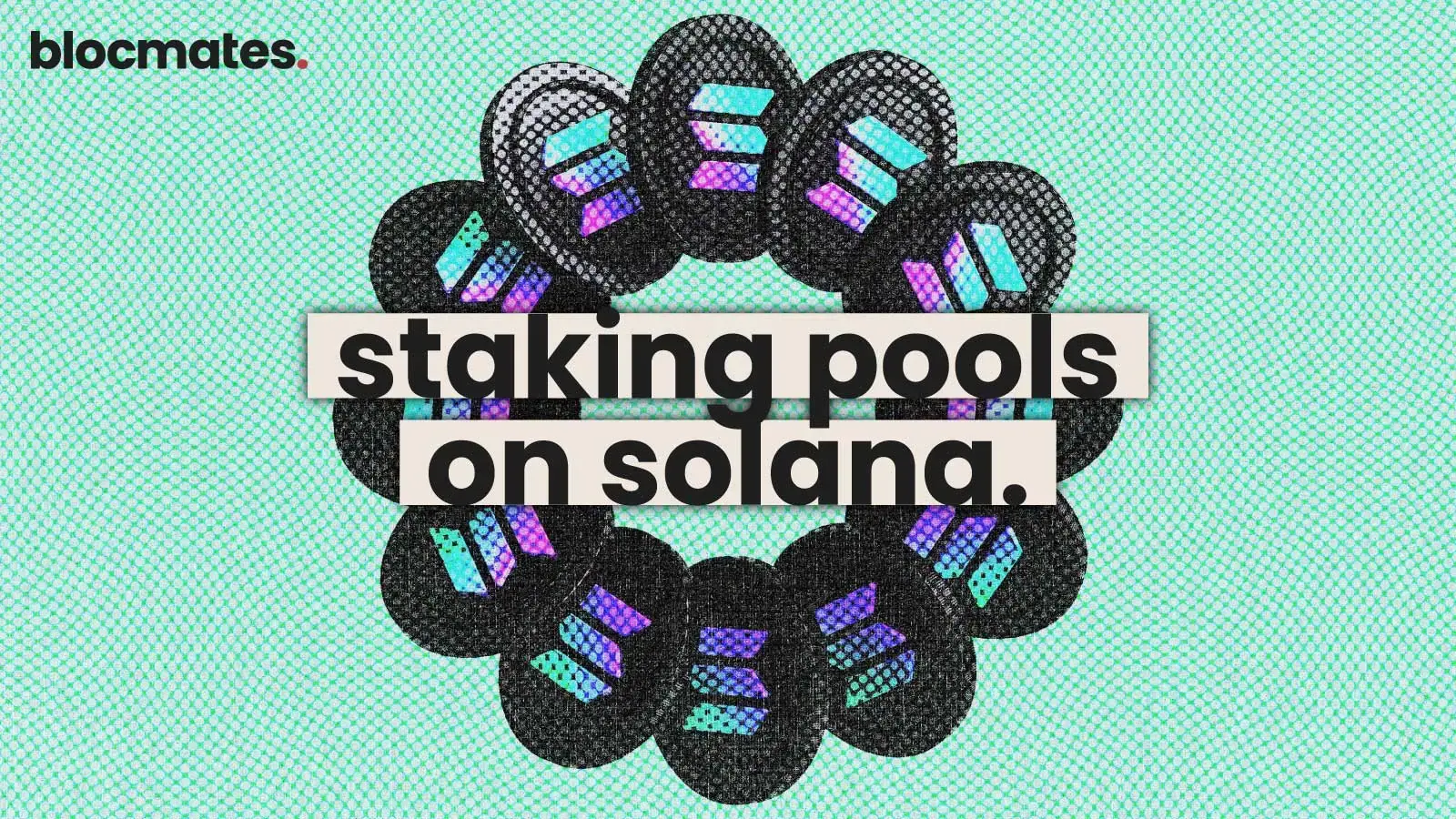





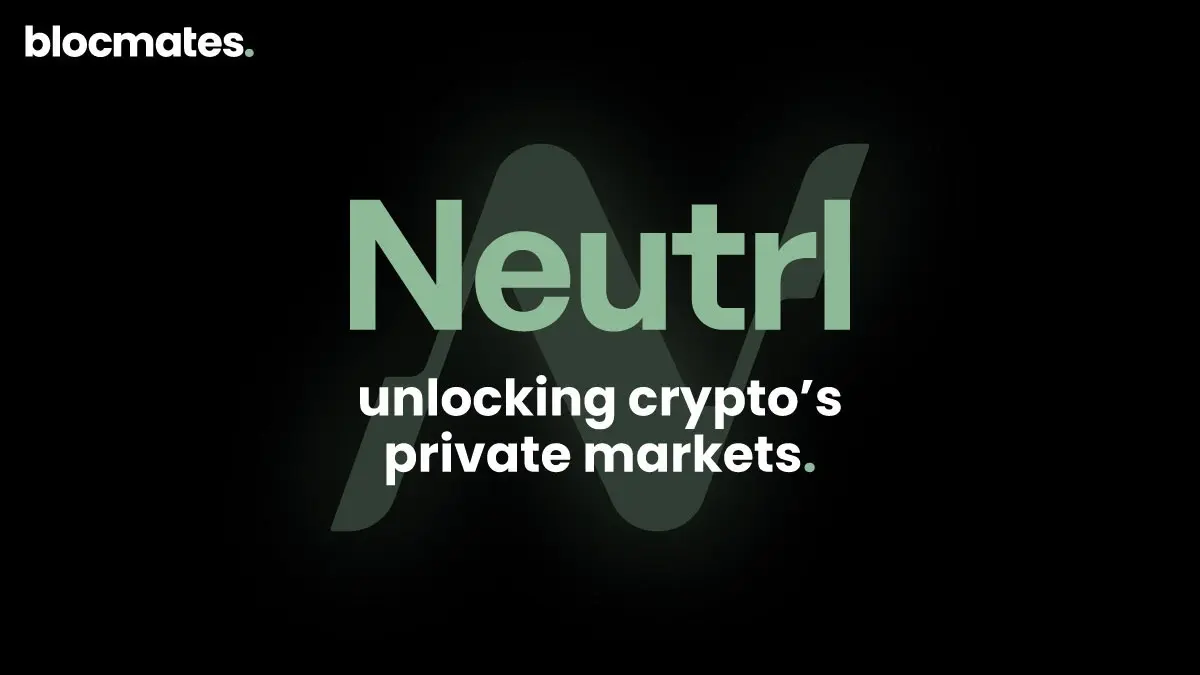


.webp)

.webp)
.webp)
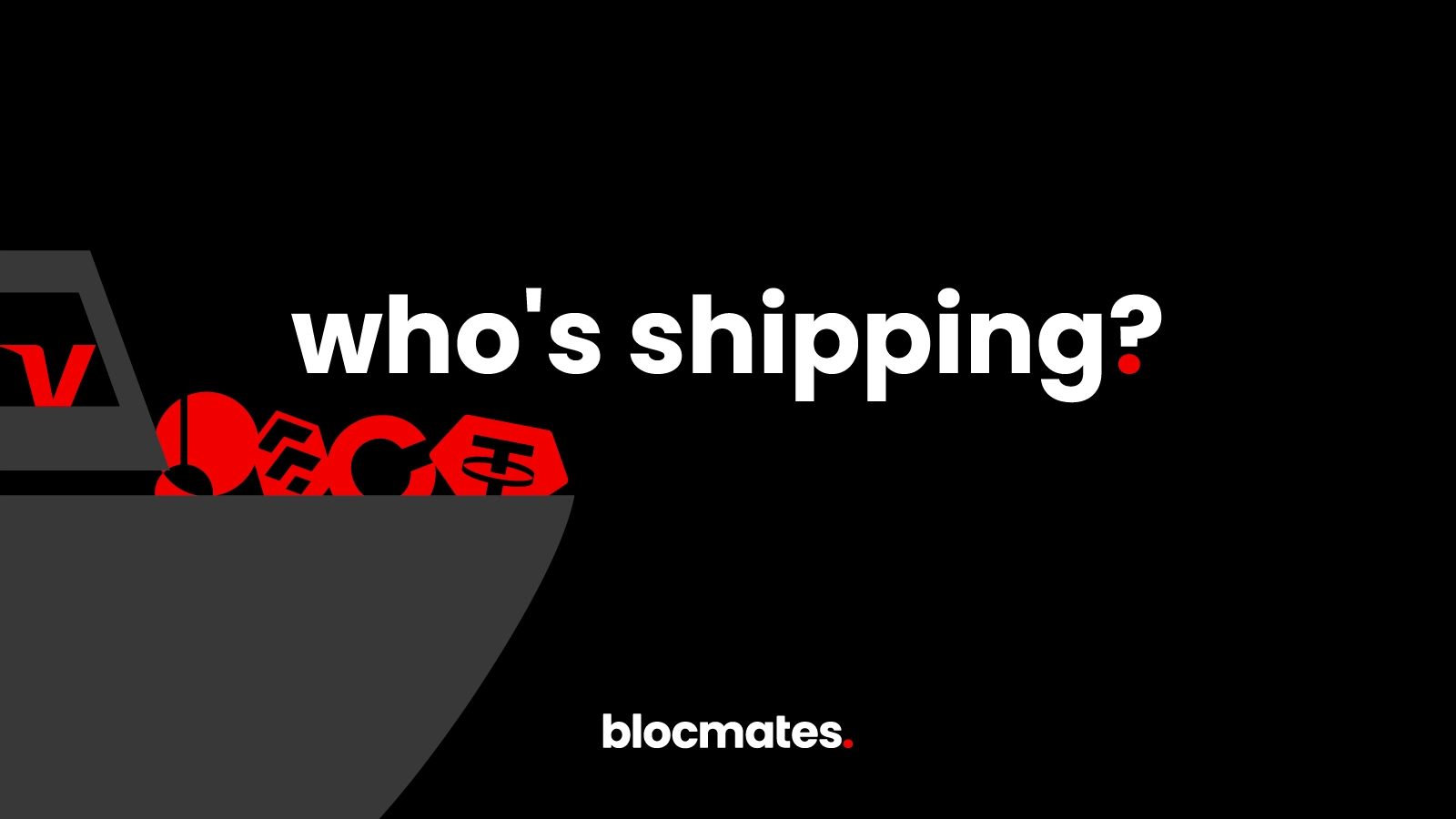
%20(1).webp)
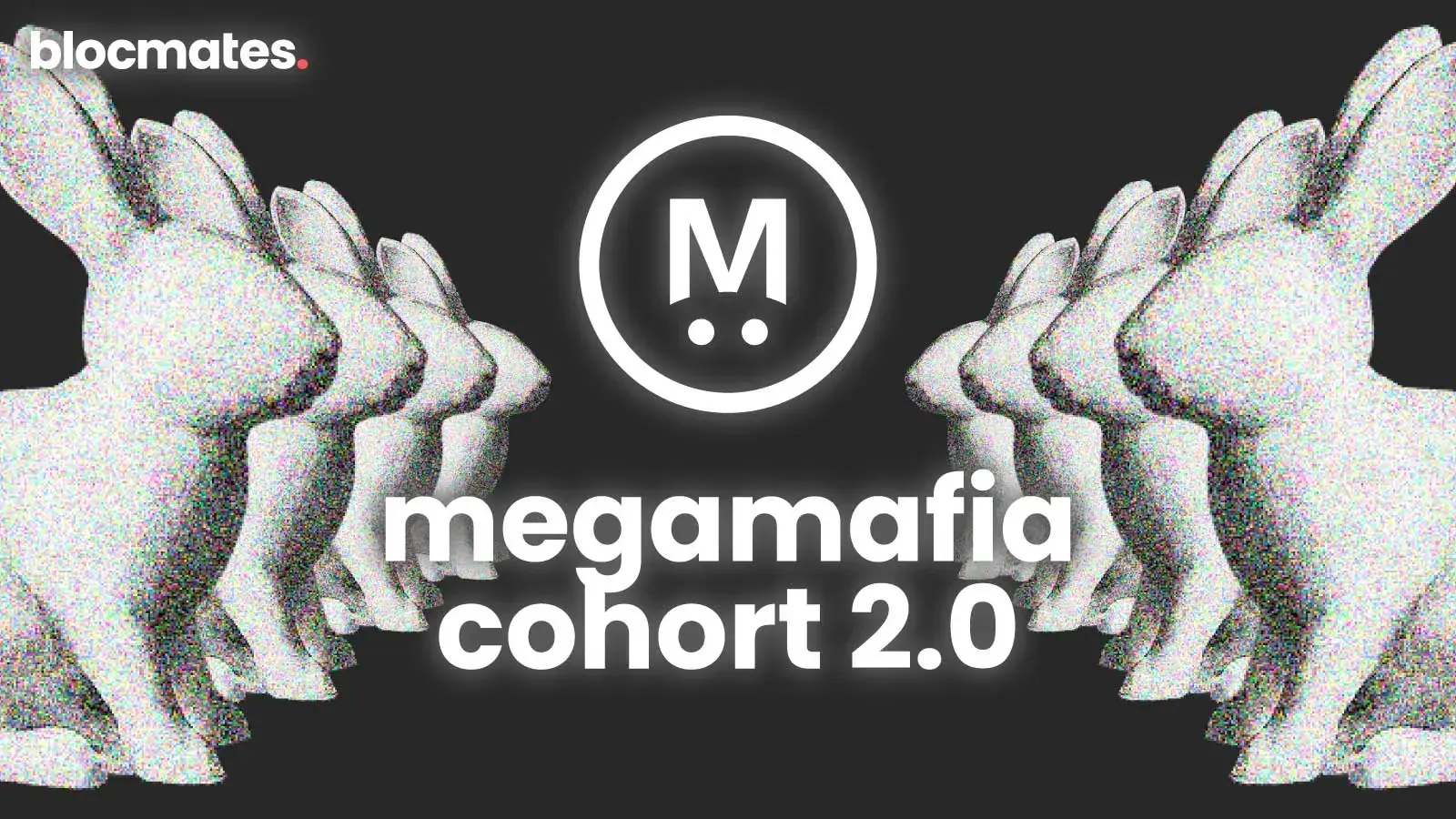
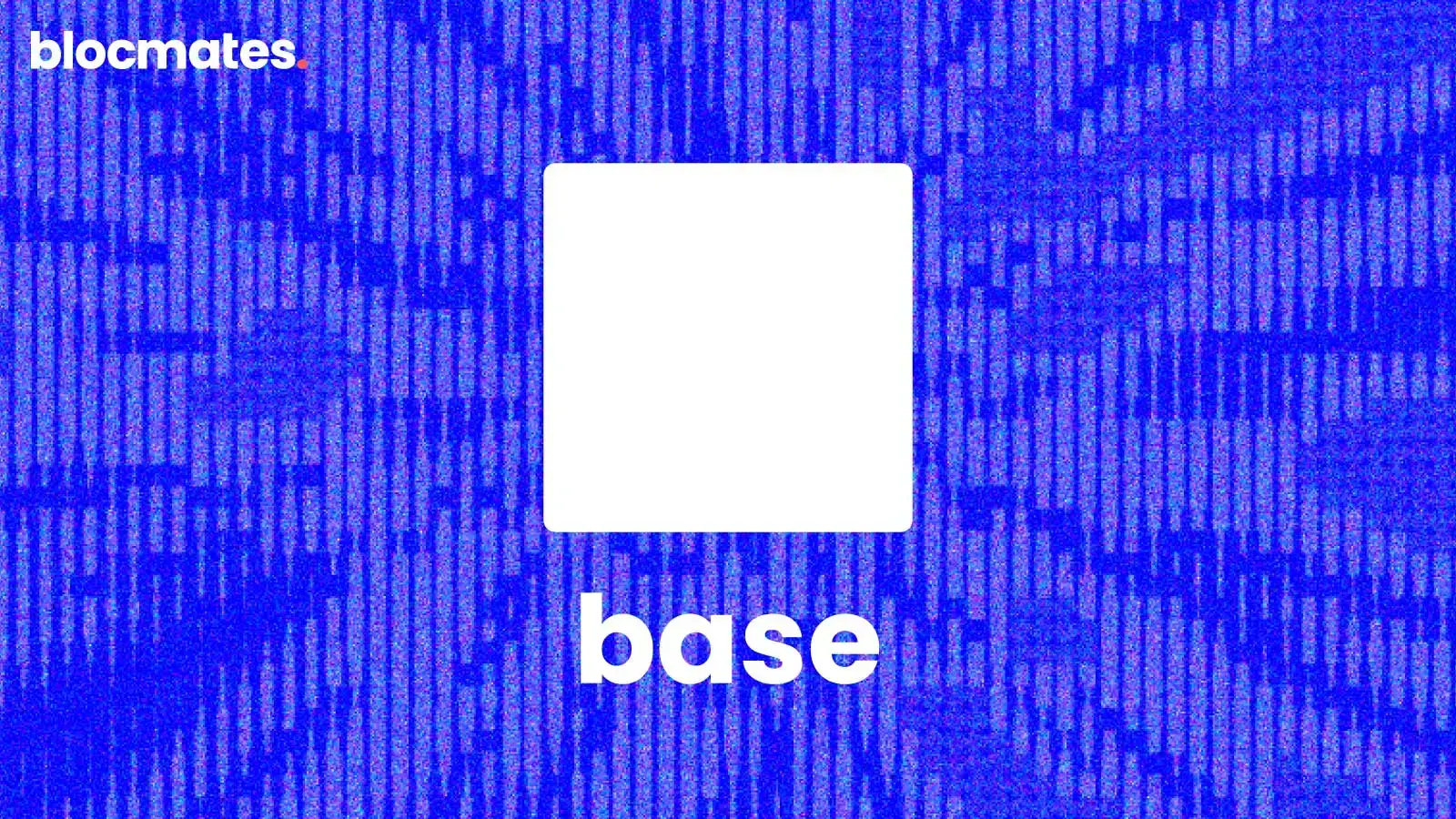
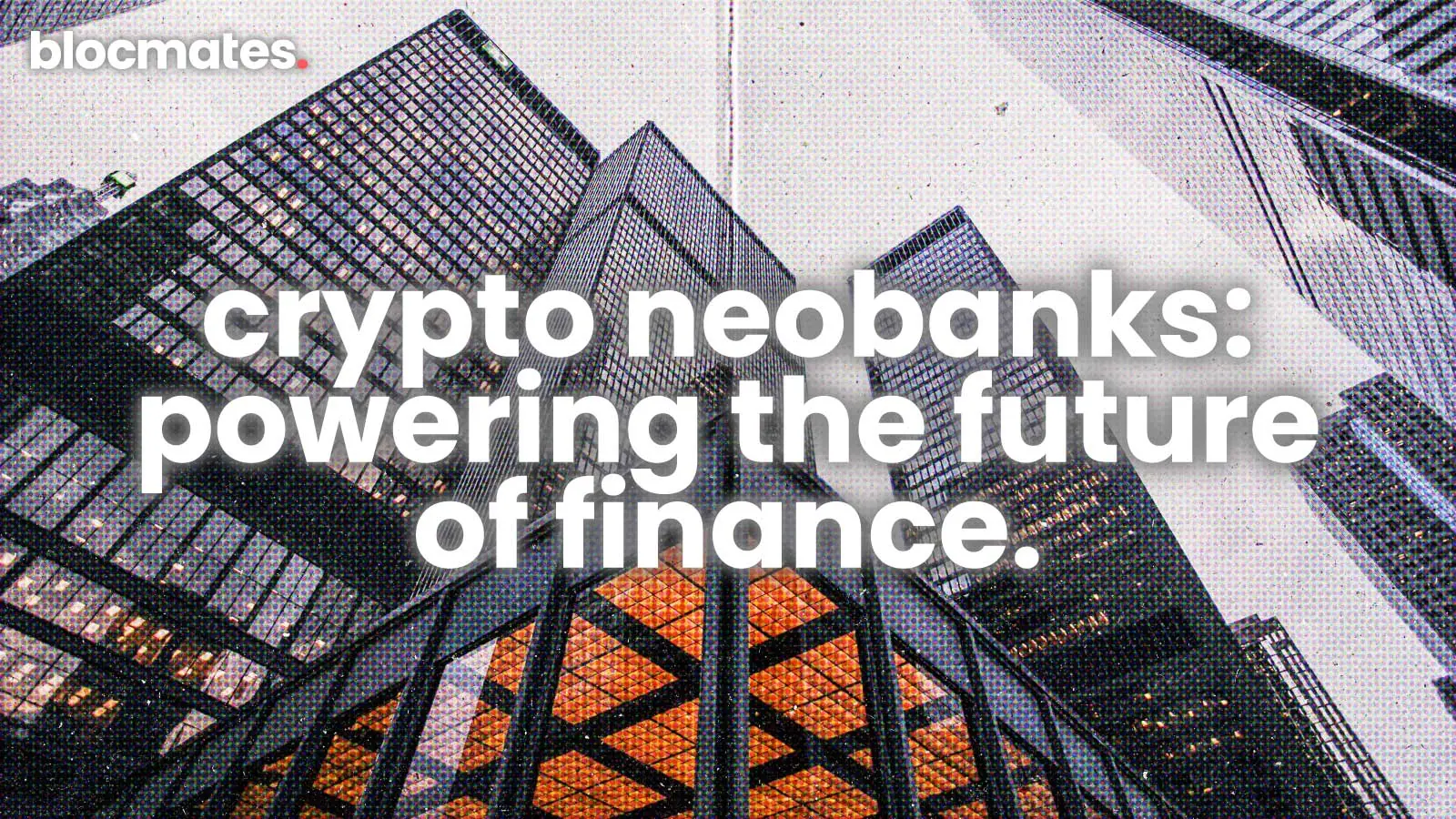


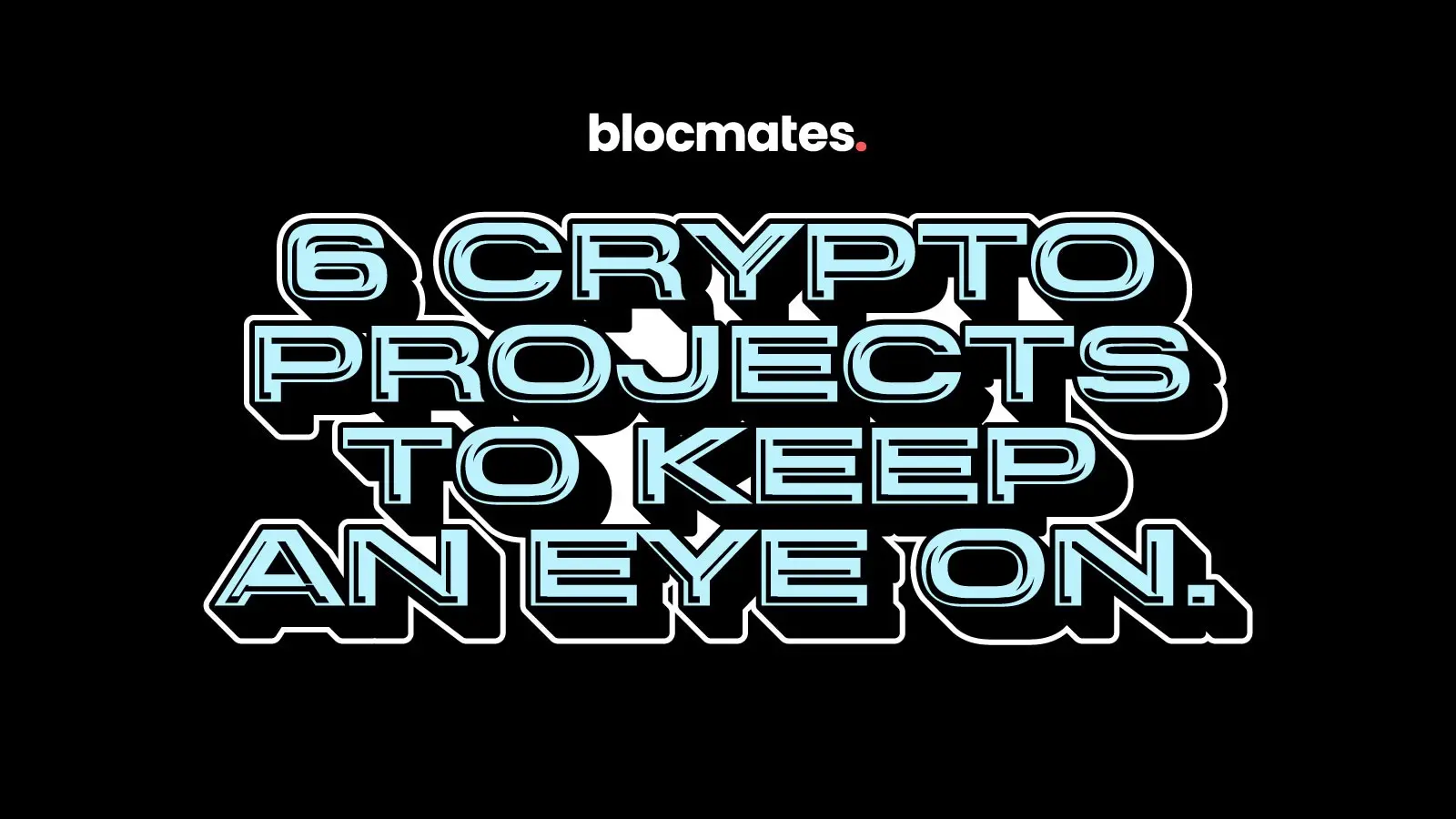
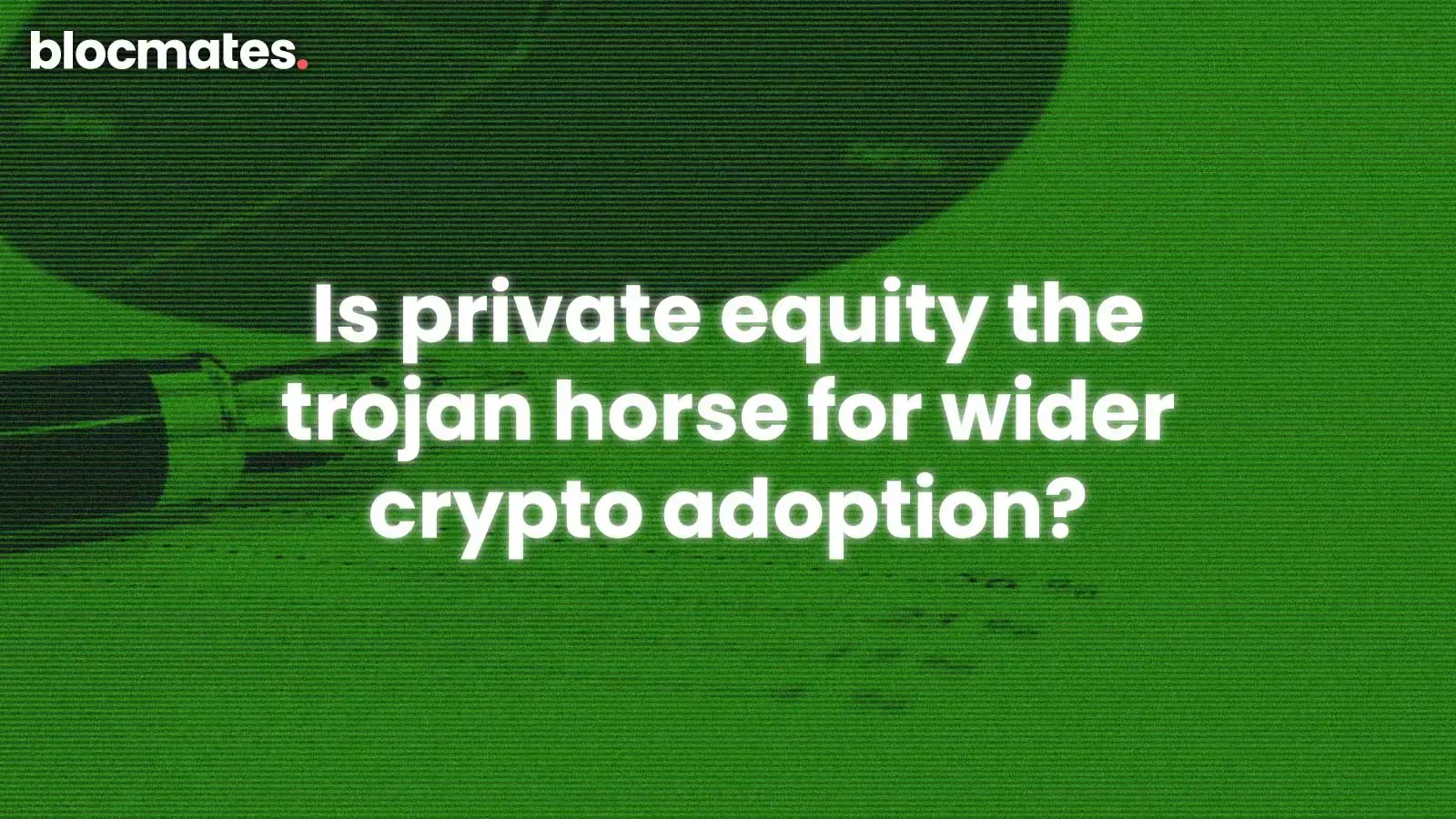
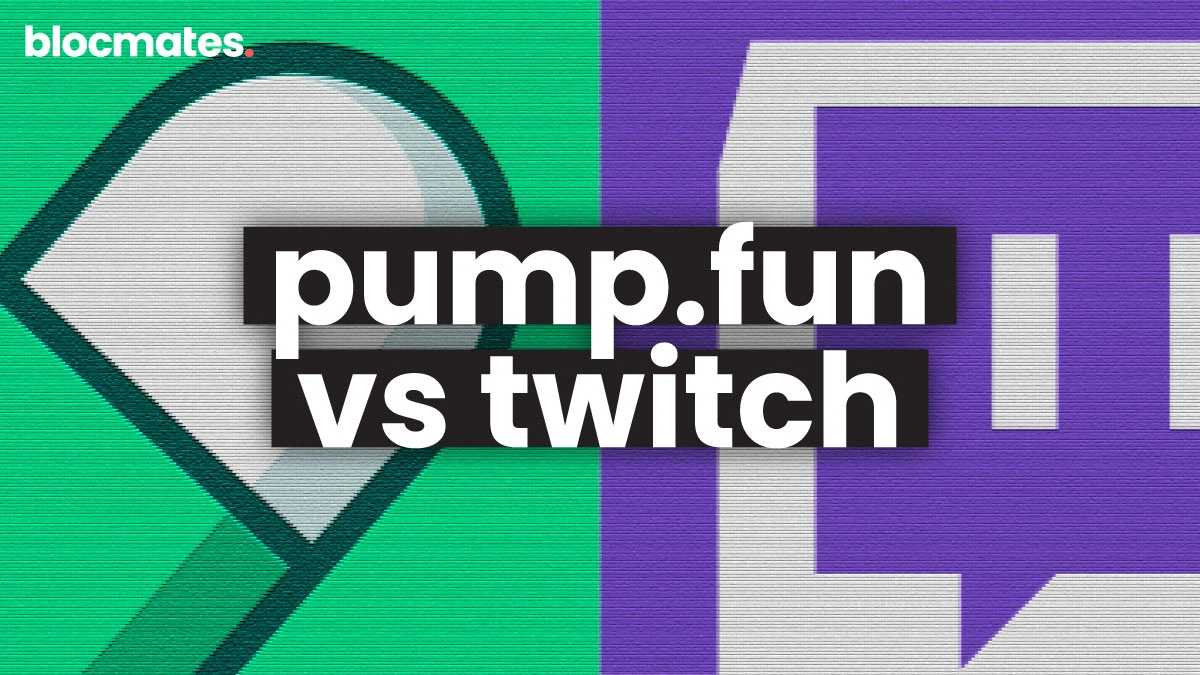

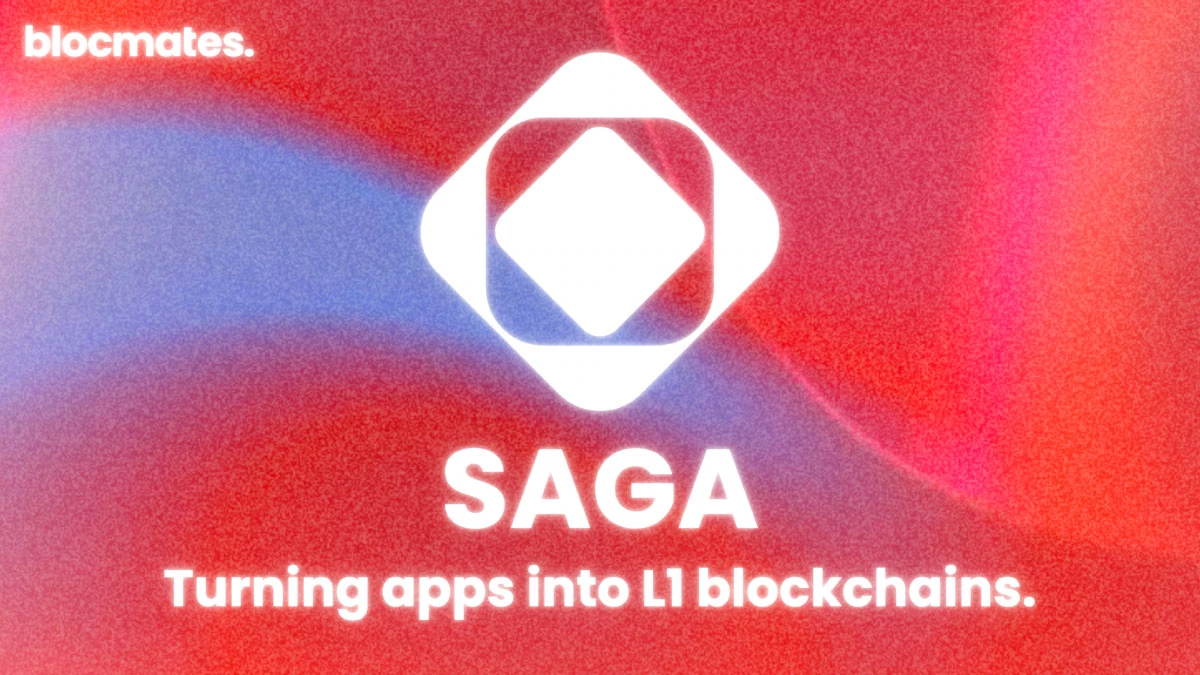

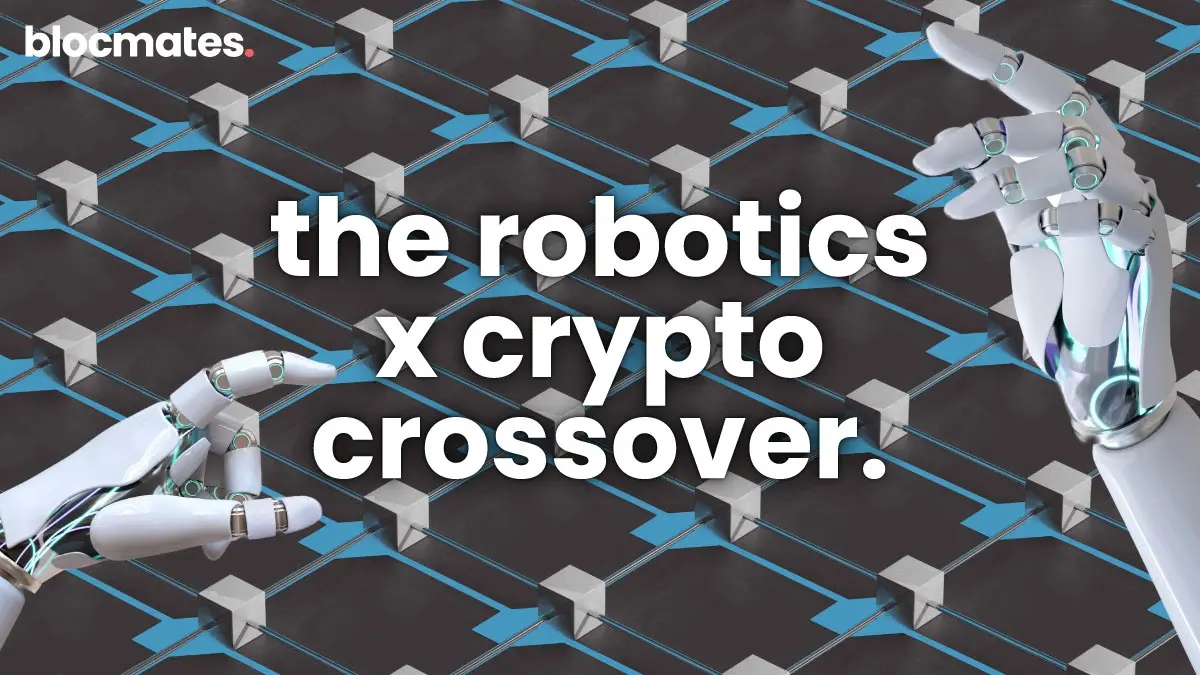
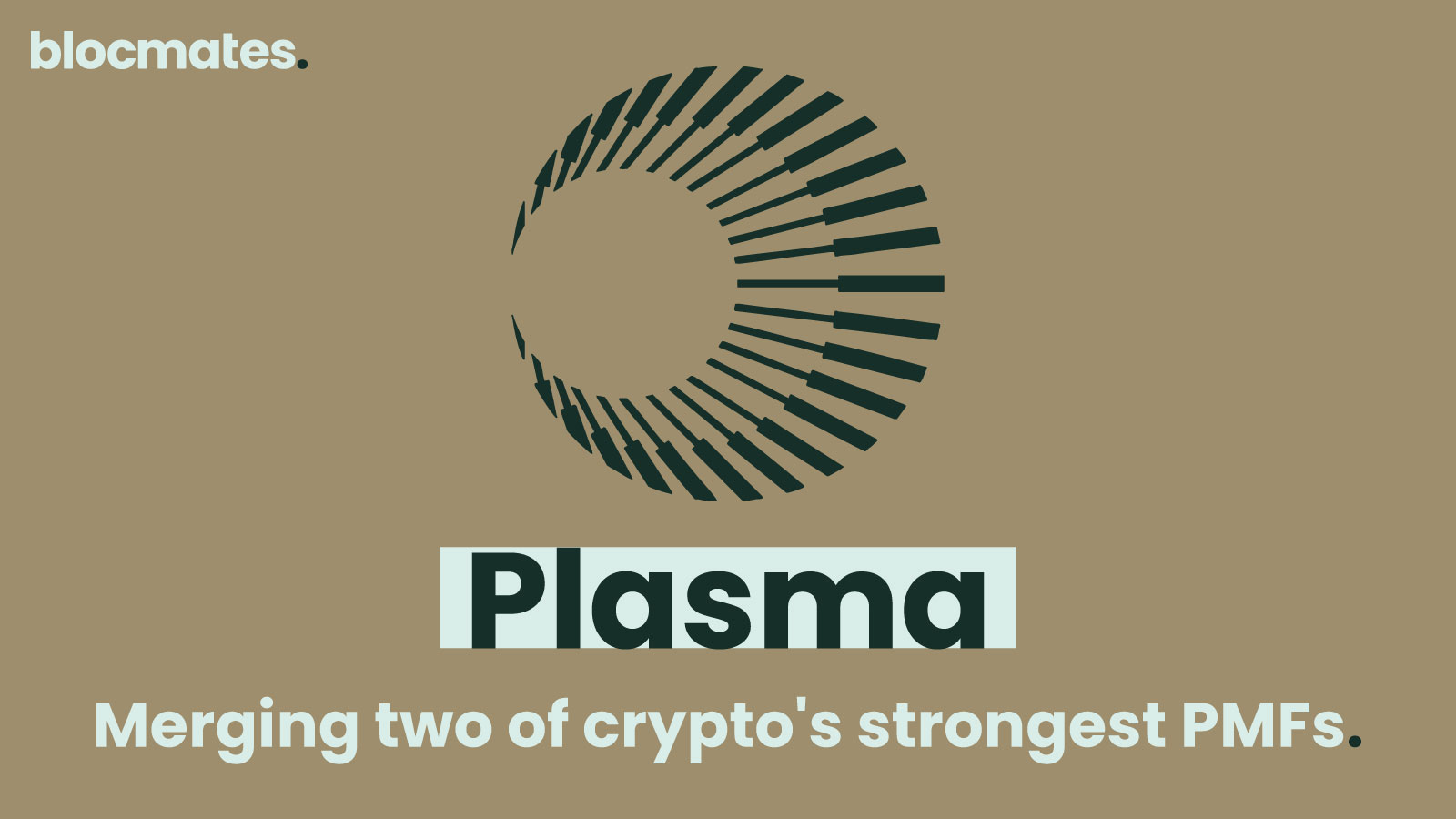

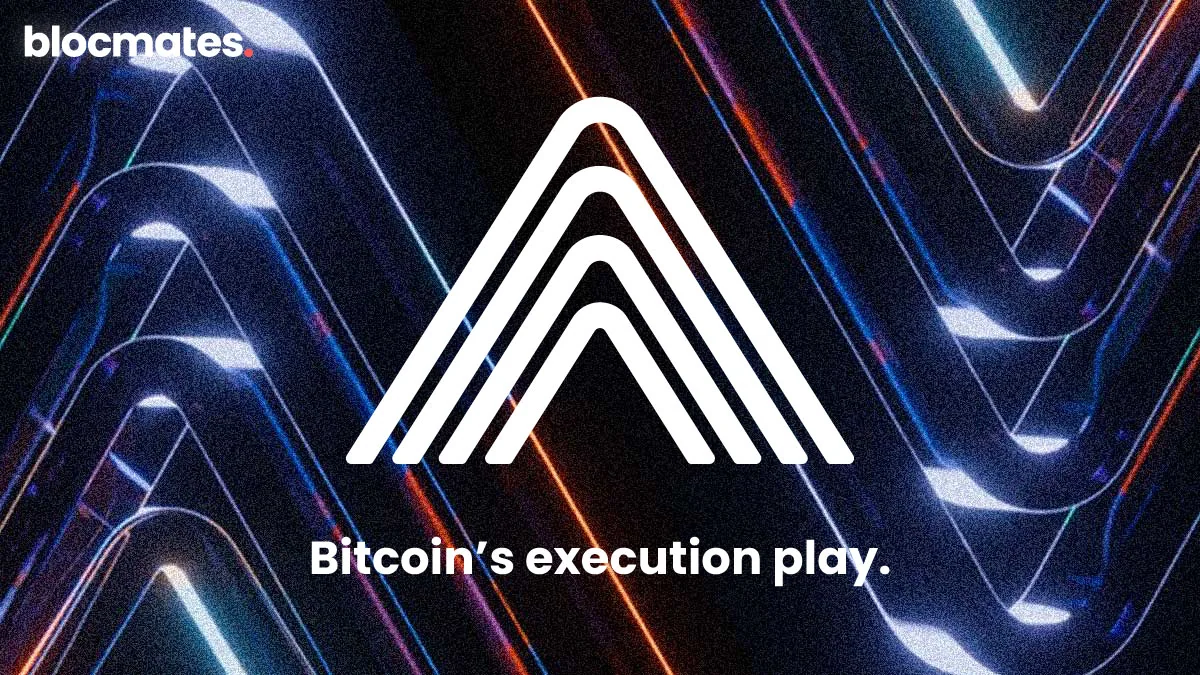
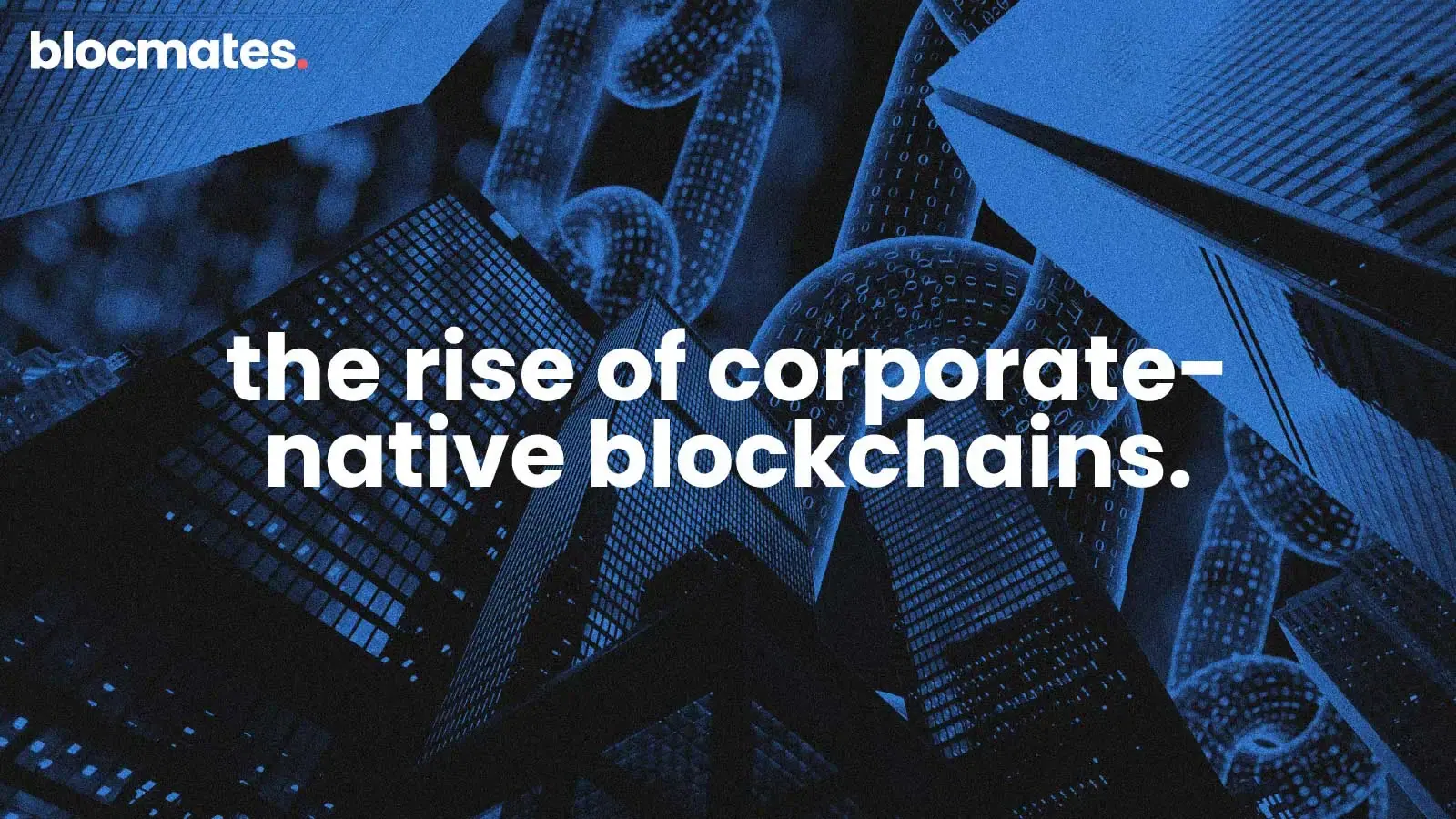
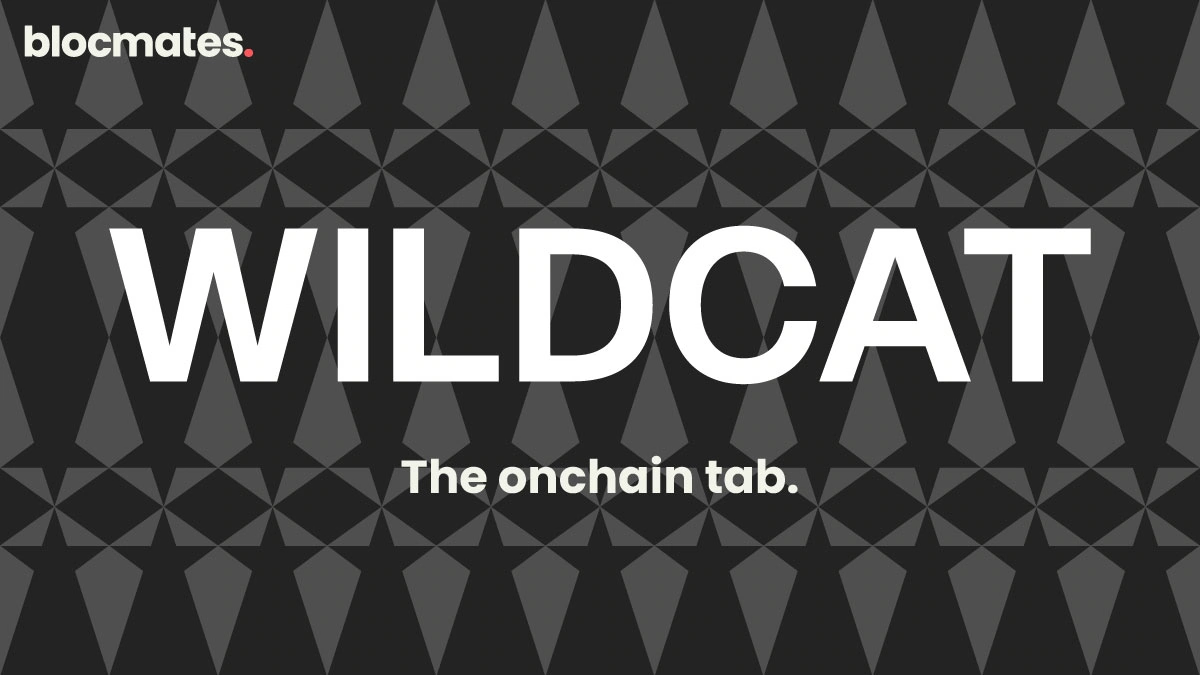
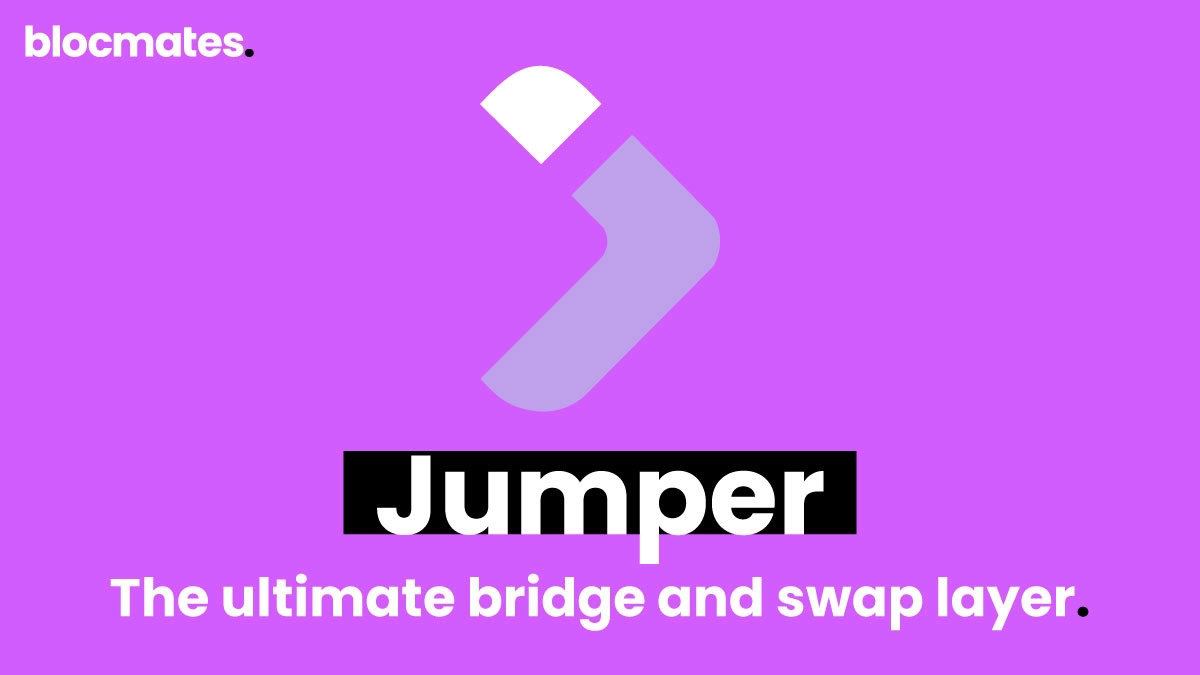
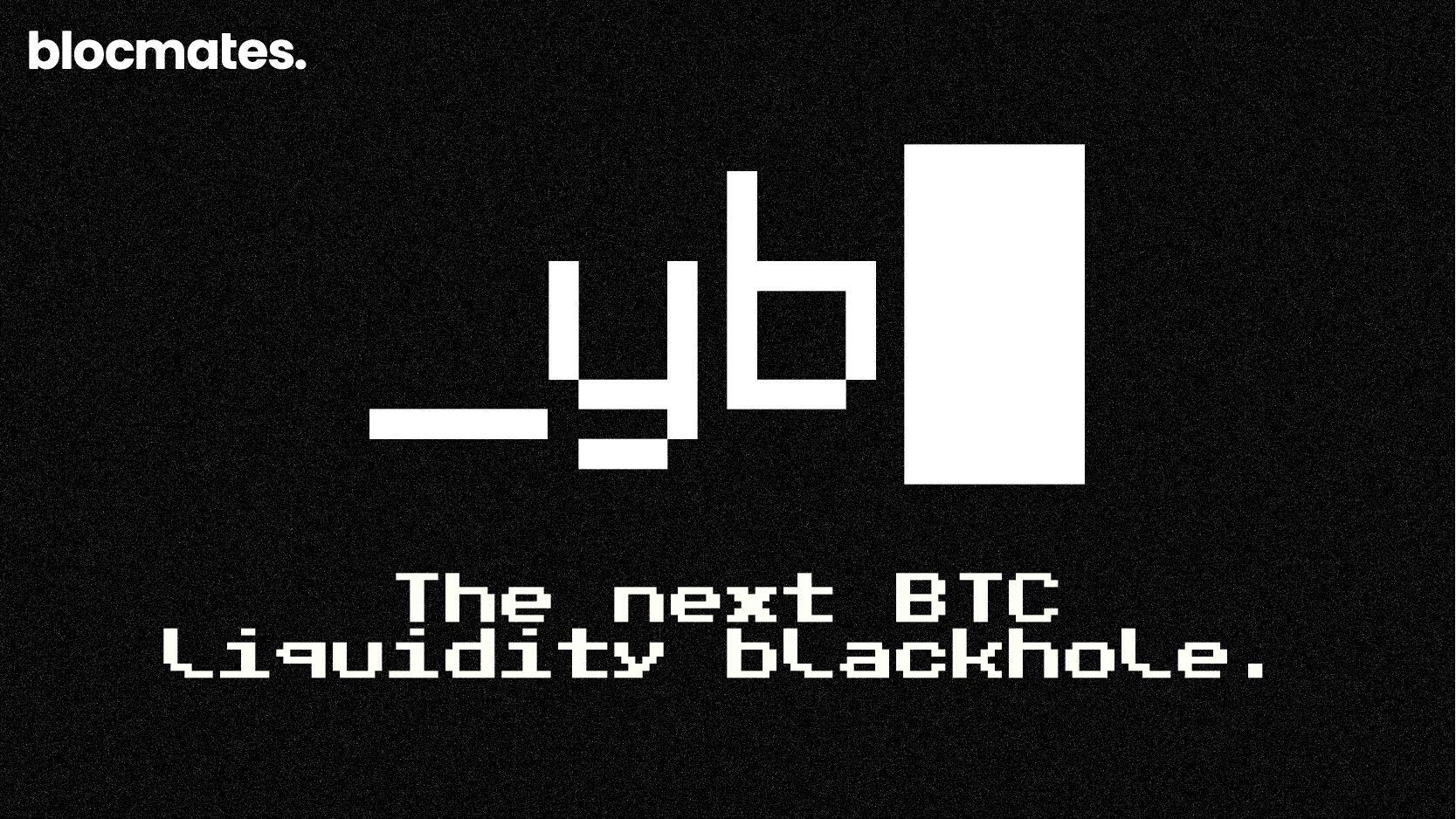
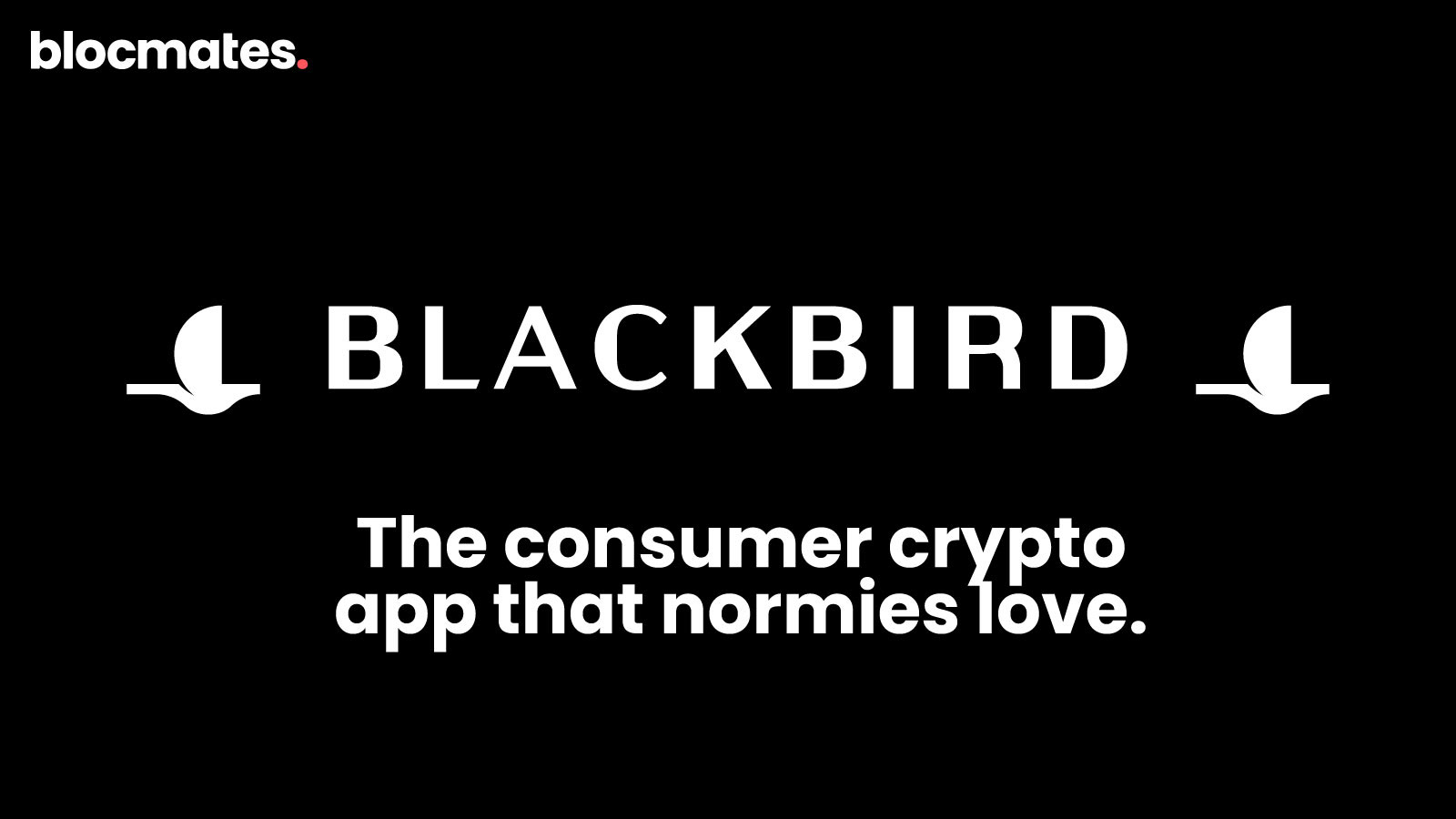
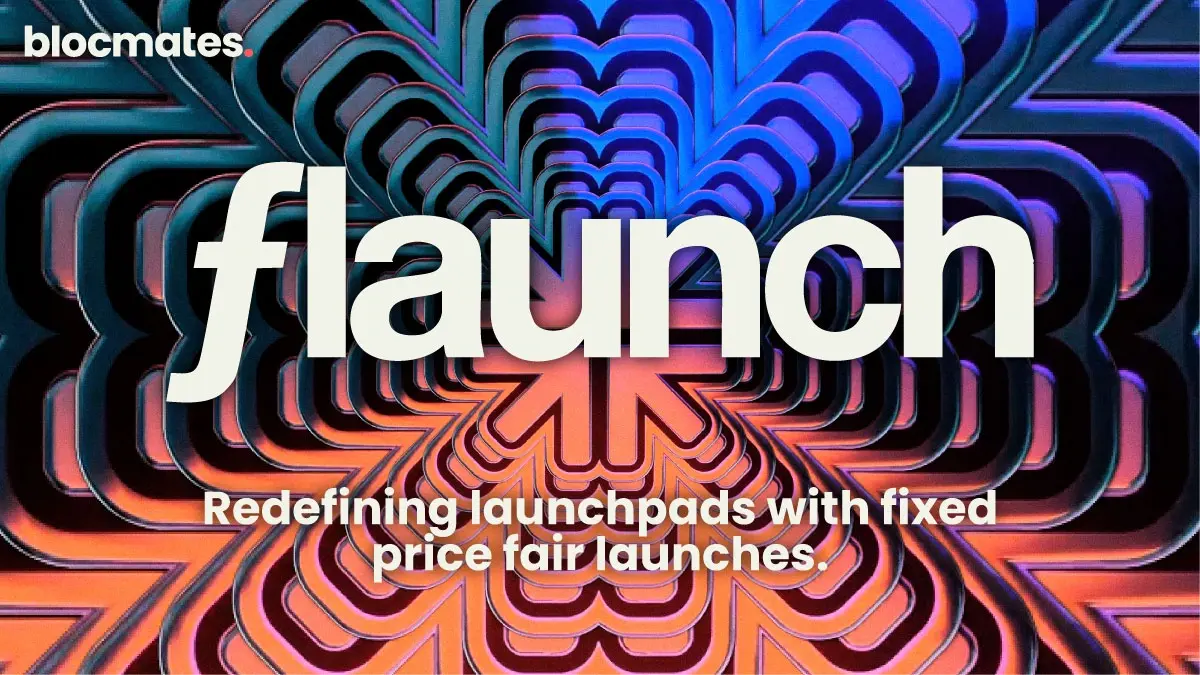

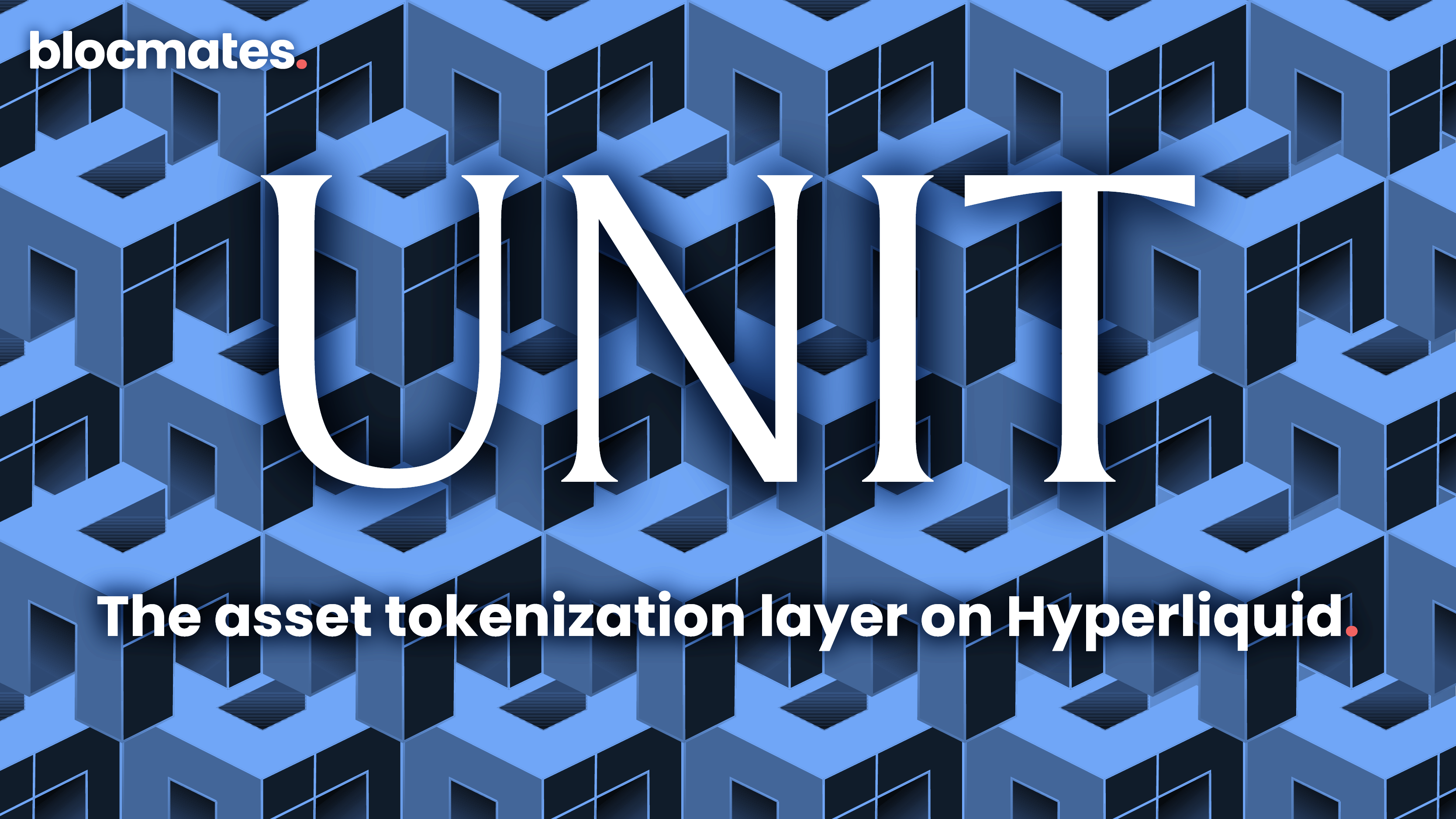



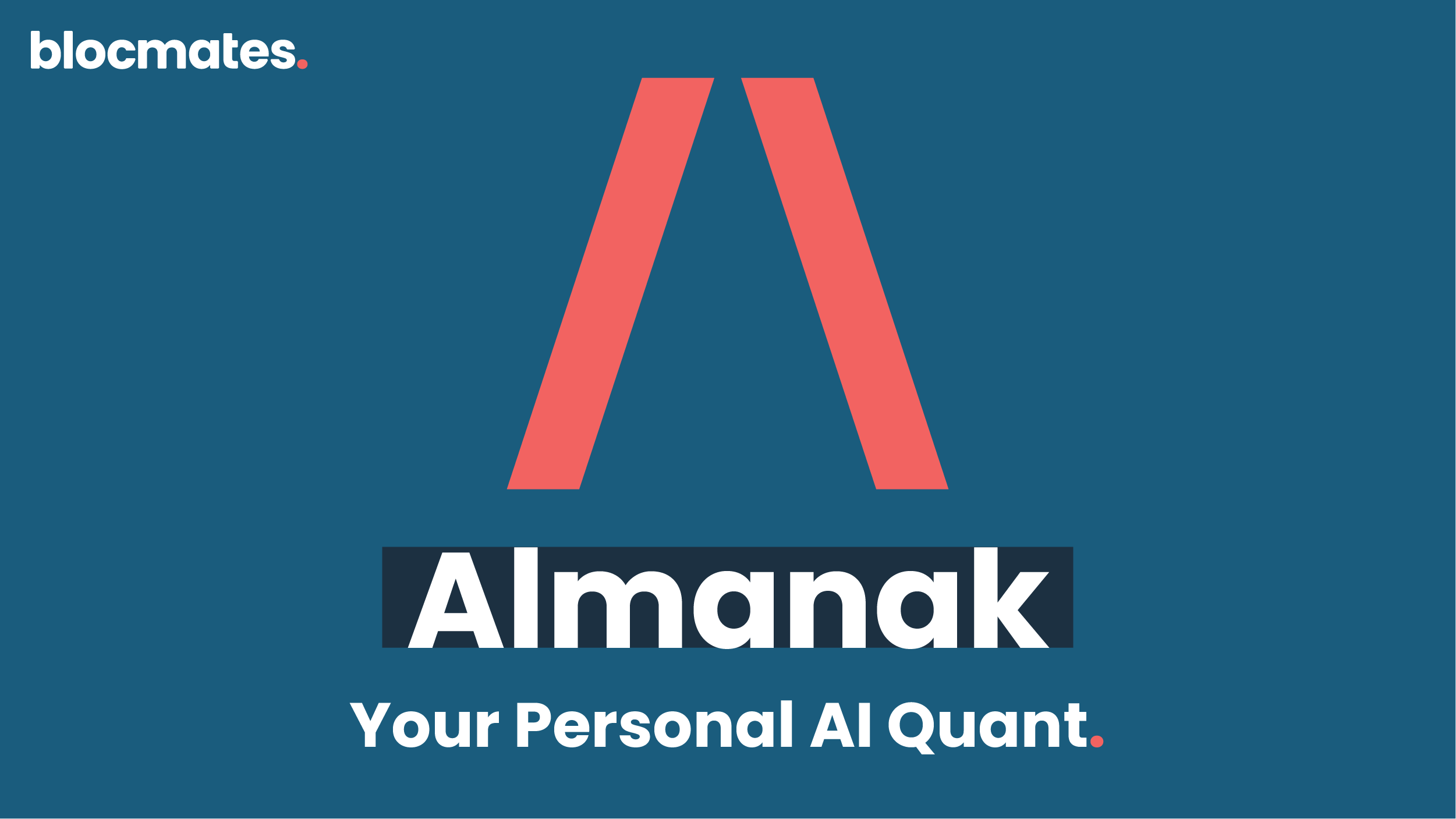
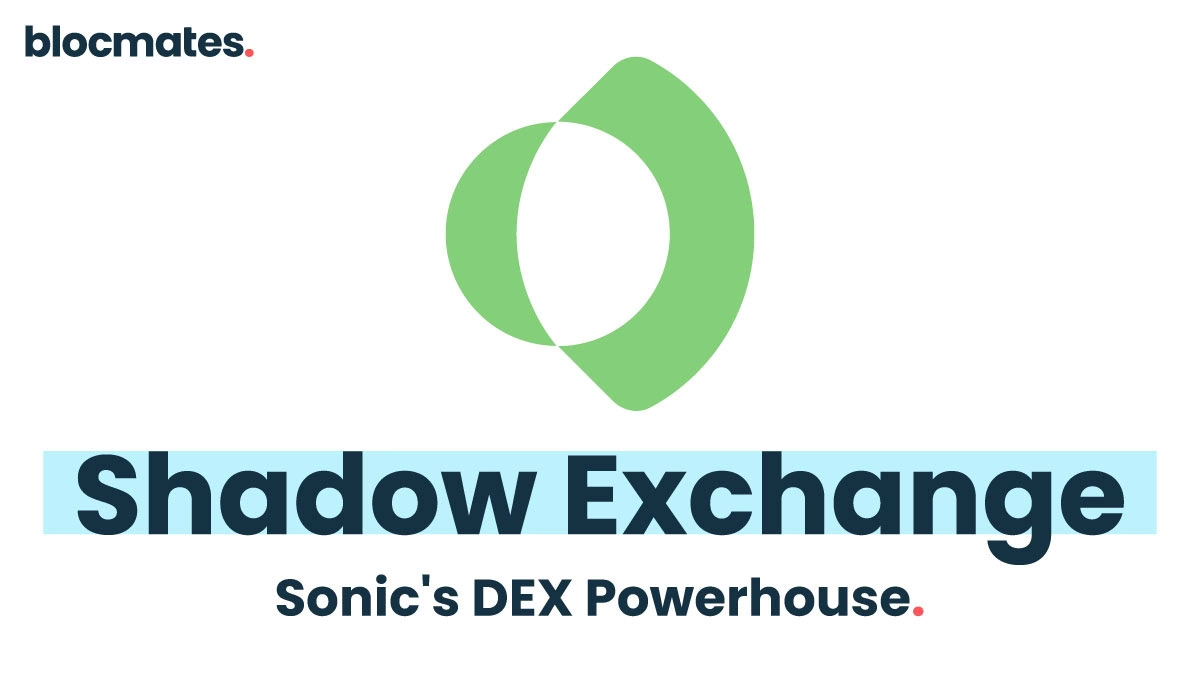


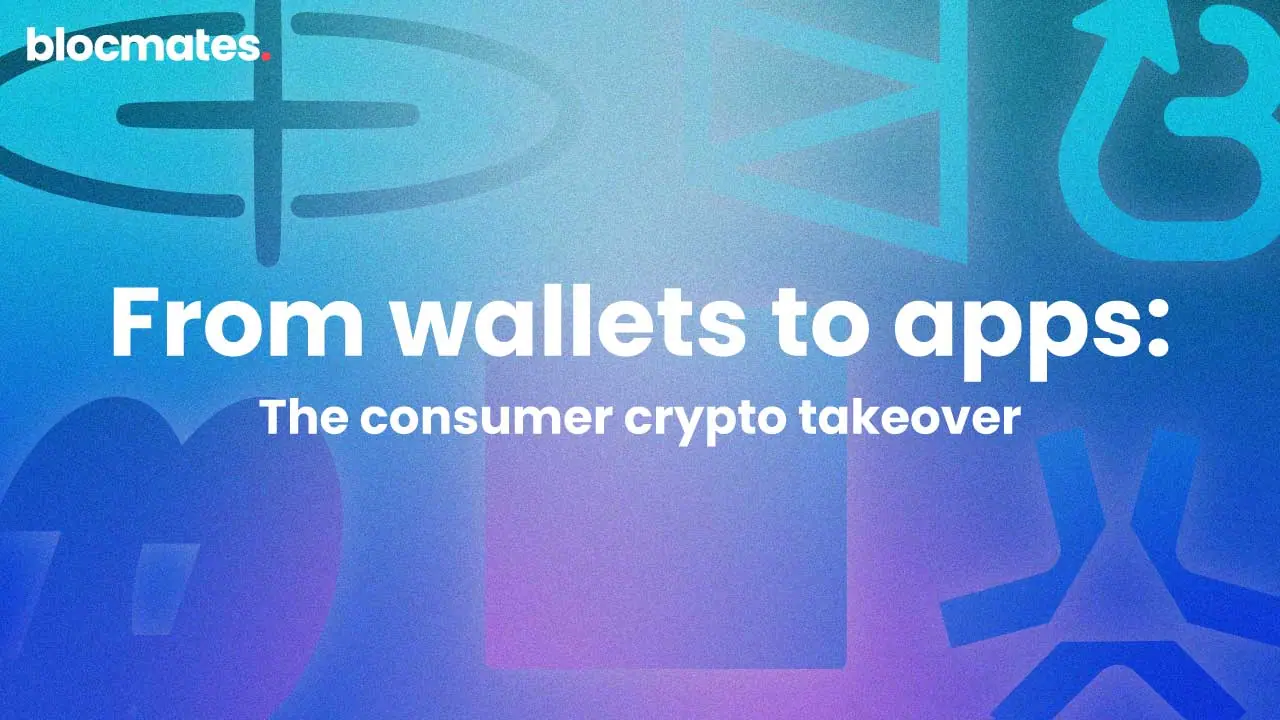


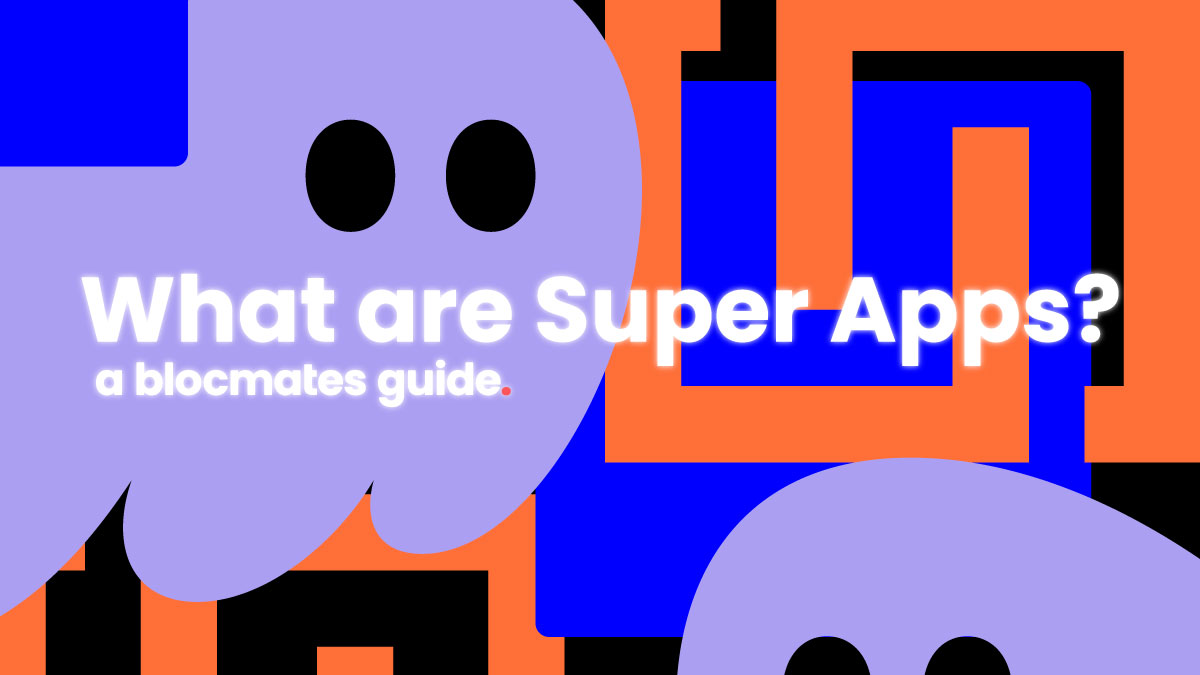

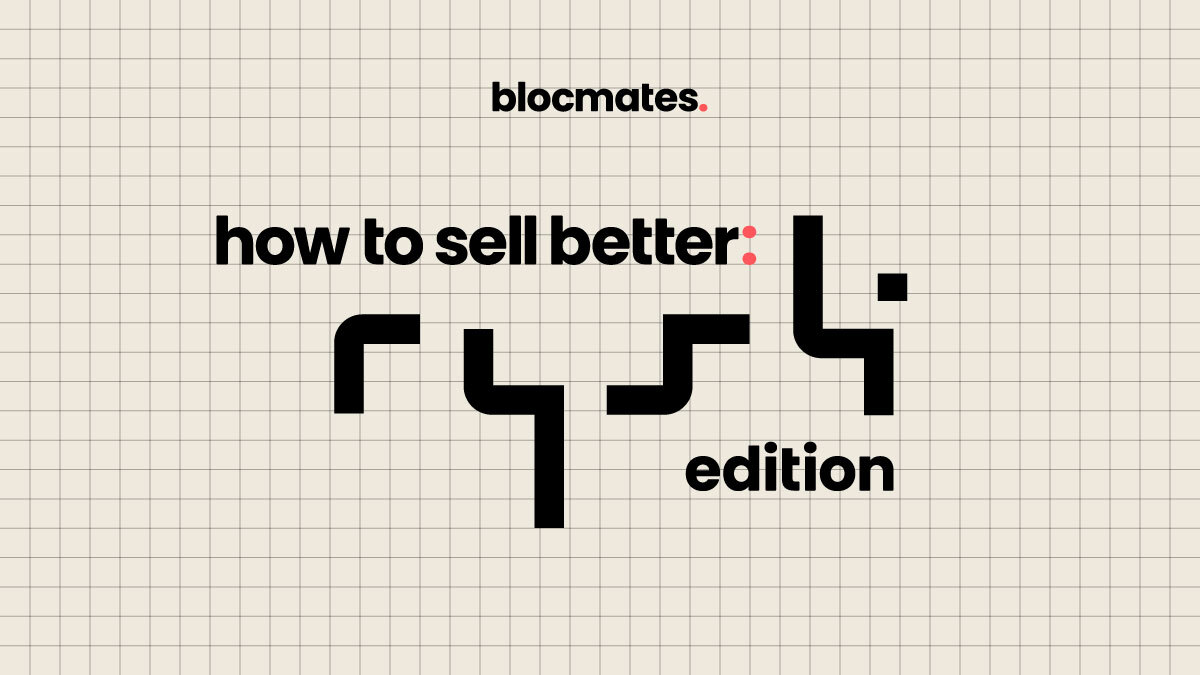


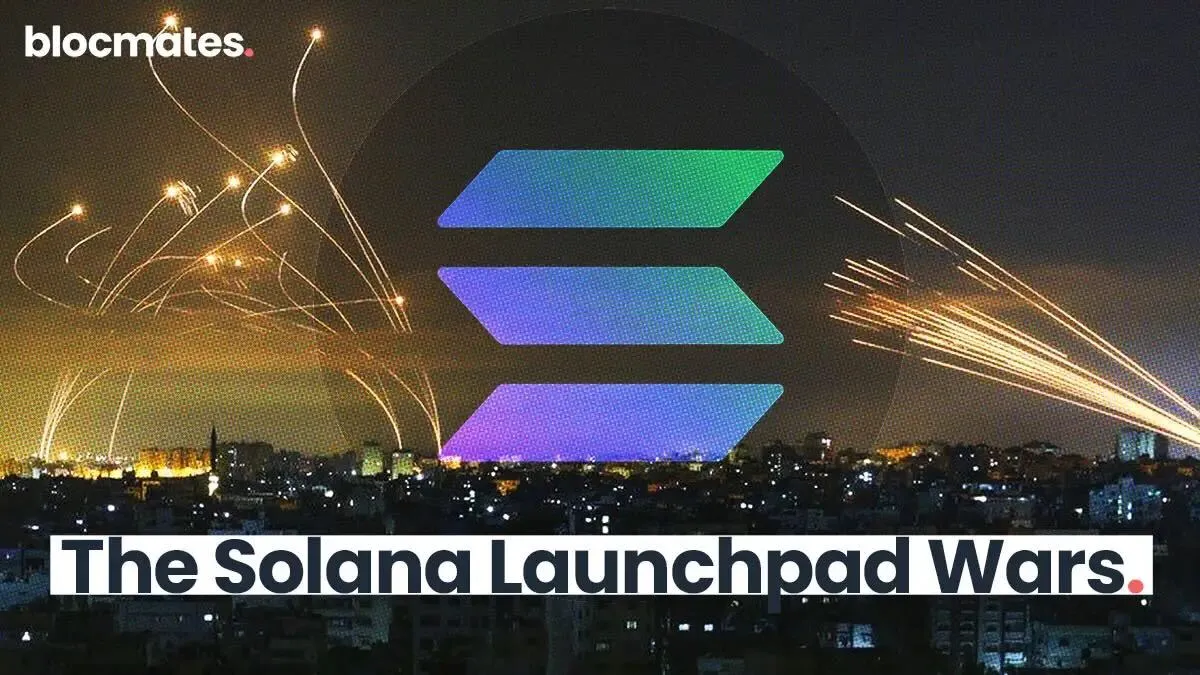




















%202.webp)


.webp)

.webp)
.webp)
.webp)



.webp)

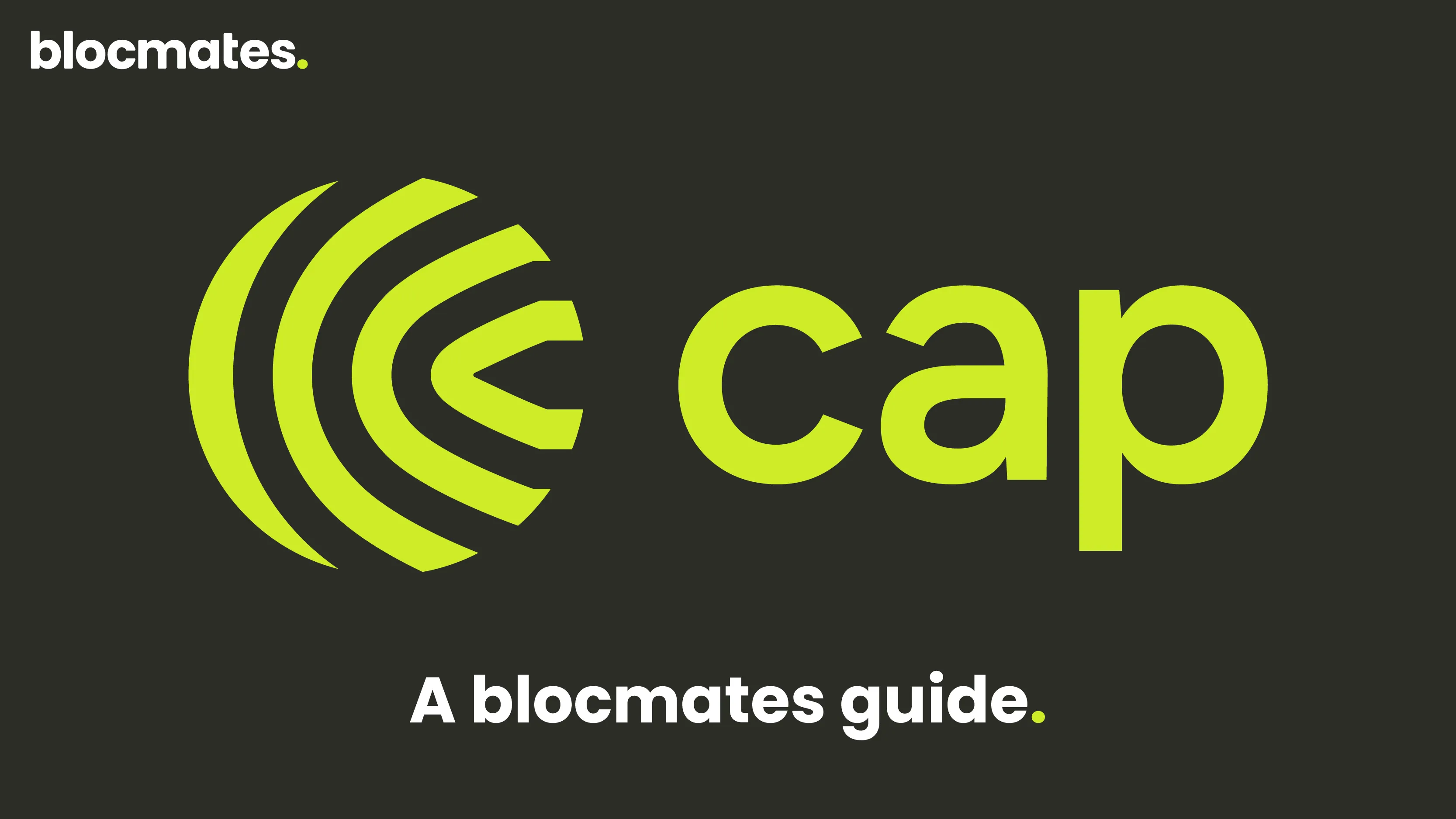










%20the%20Next%20Big%20Unlock%20in%20AI.webp)




.webp)
.webp)

.webp)
.webp)
.webp)


.webp)
.webp)










.webp)


.webp)









.webp)







.webp)
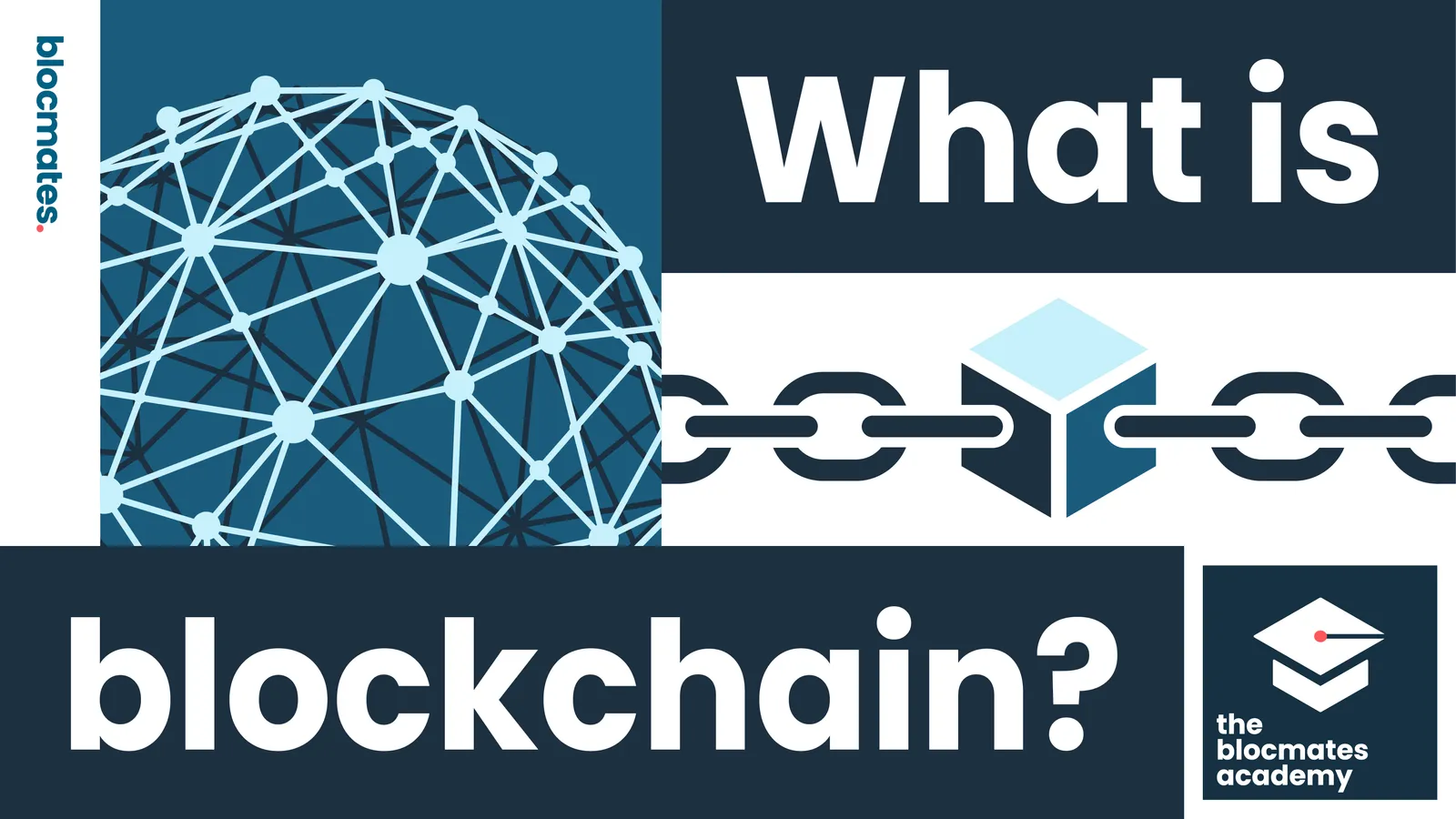



.webp)






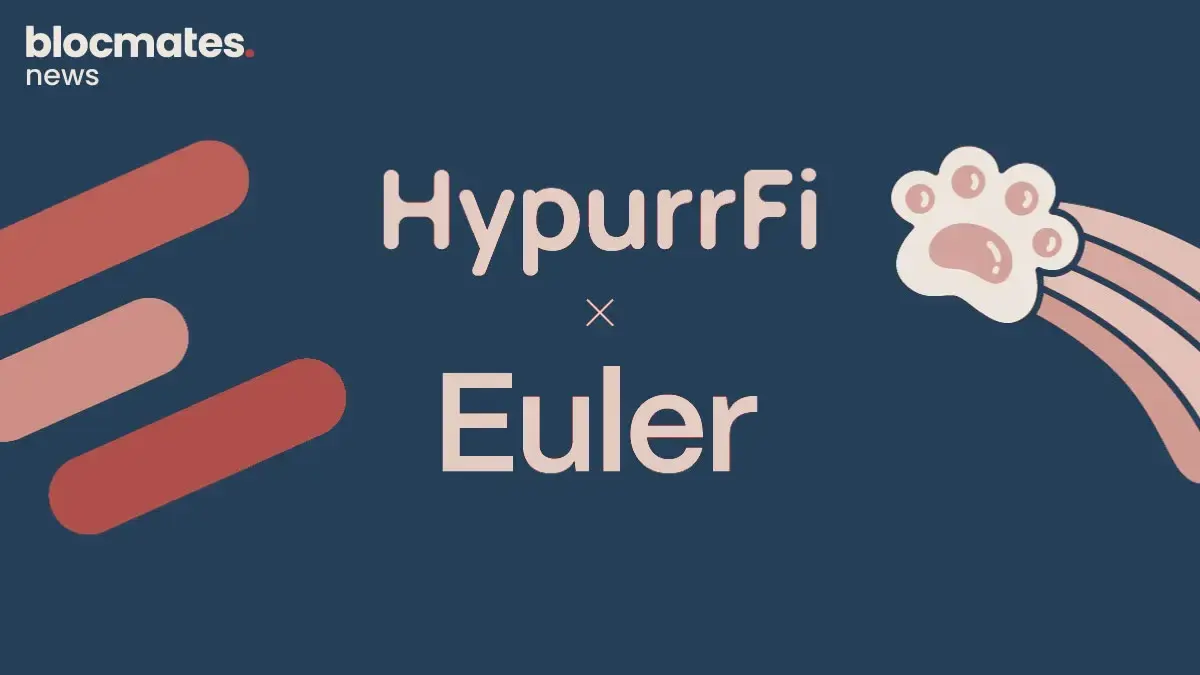







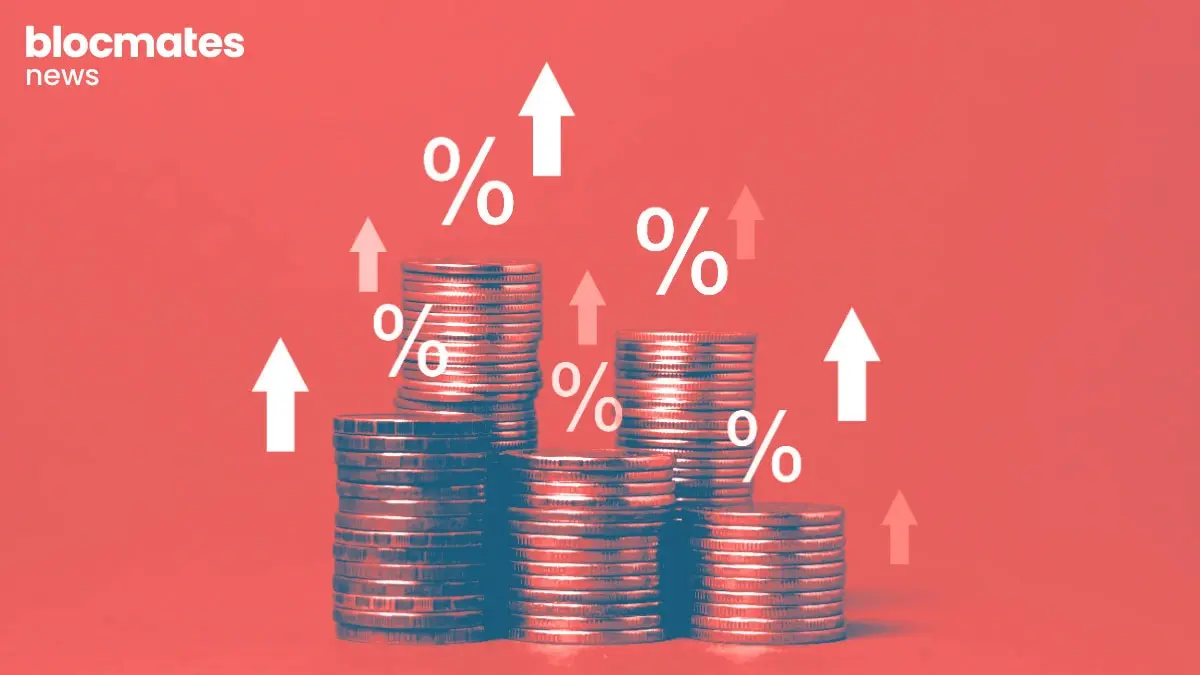

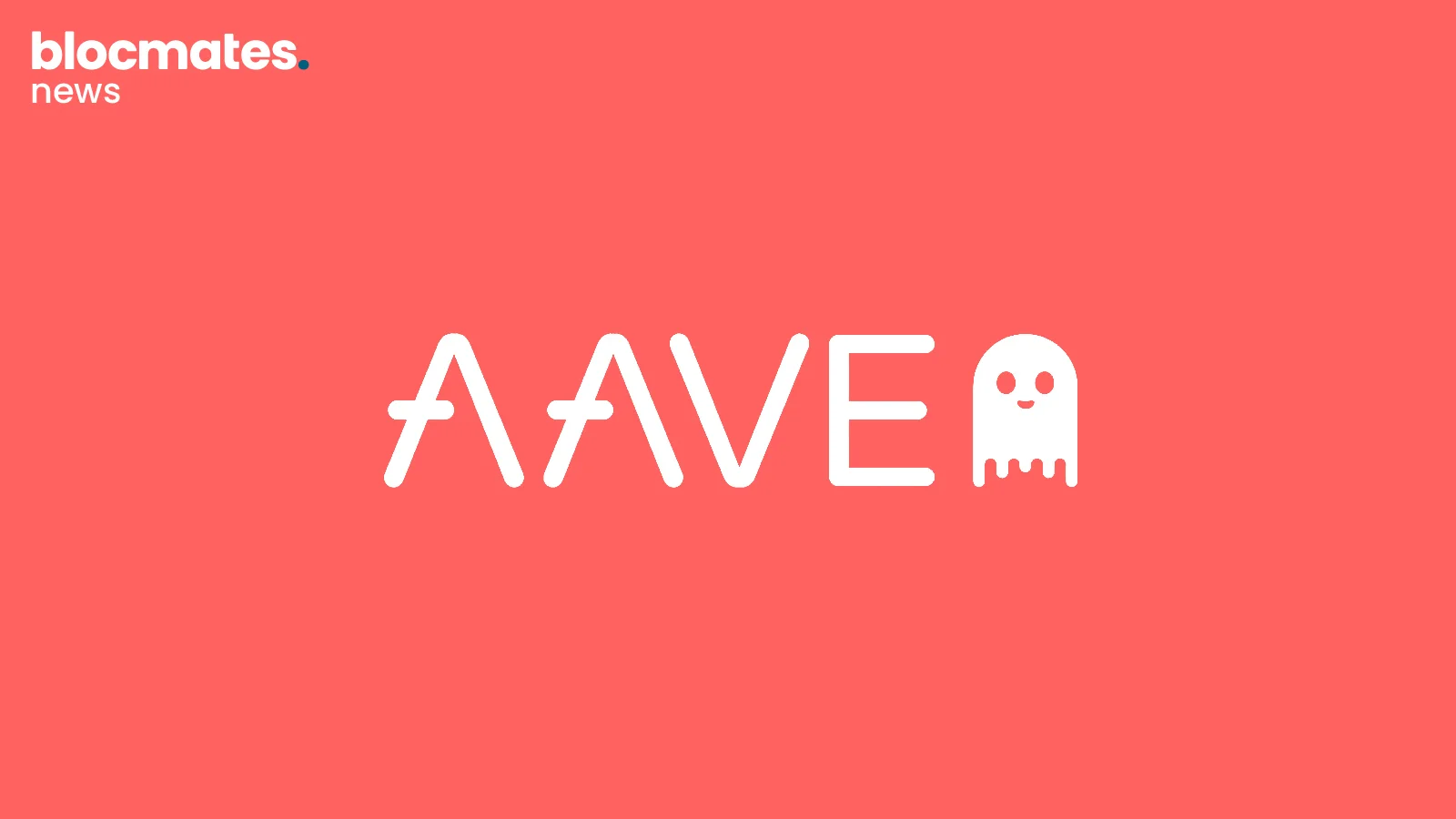
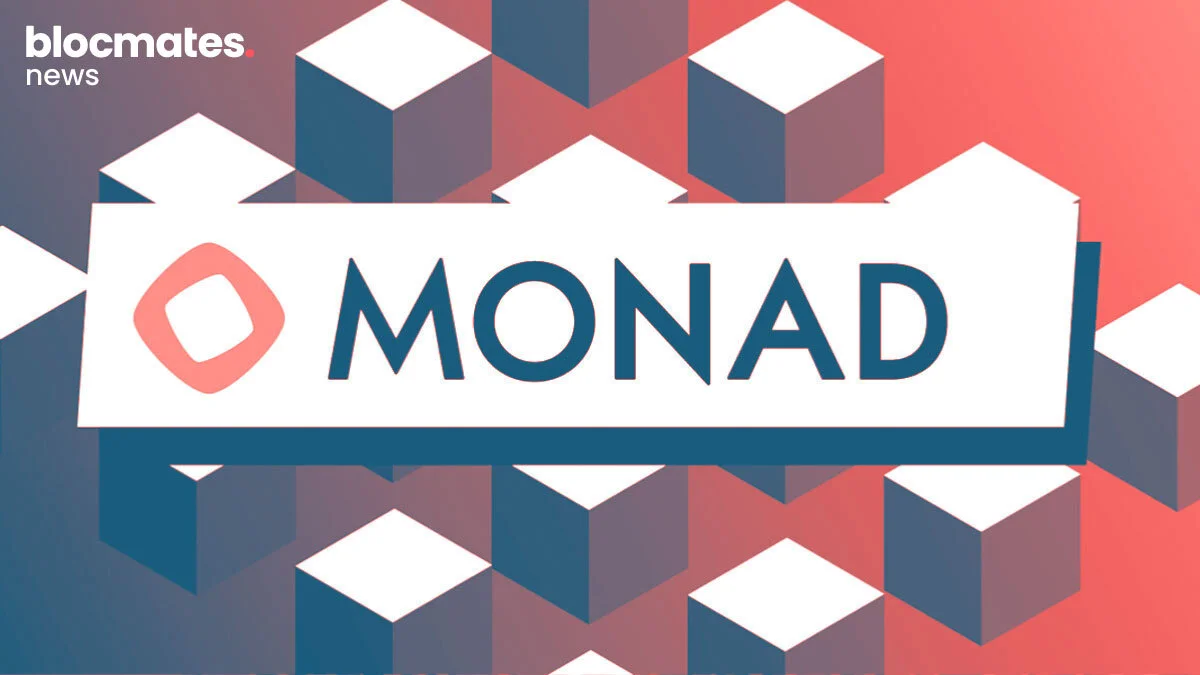


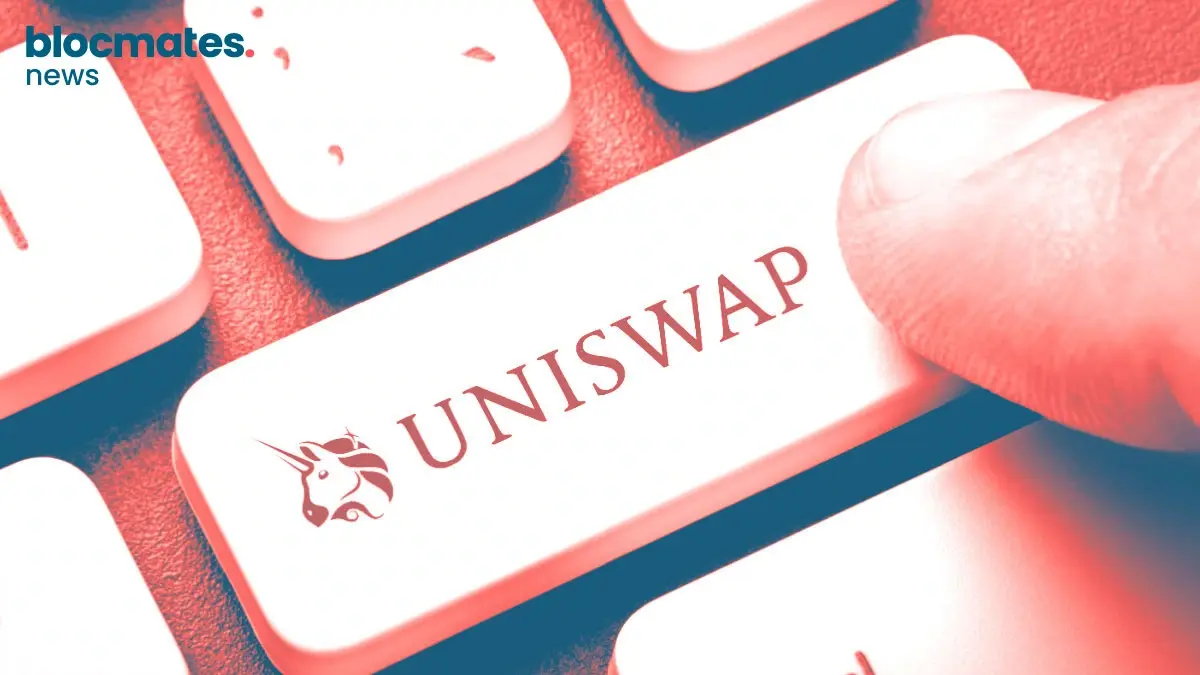


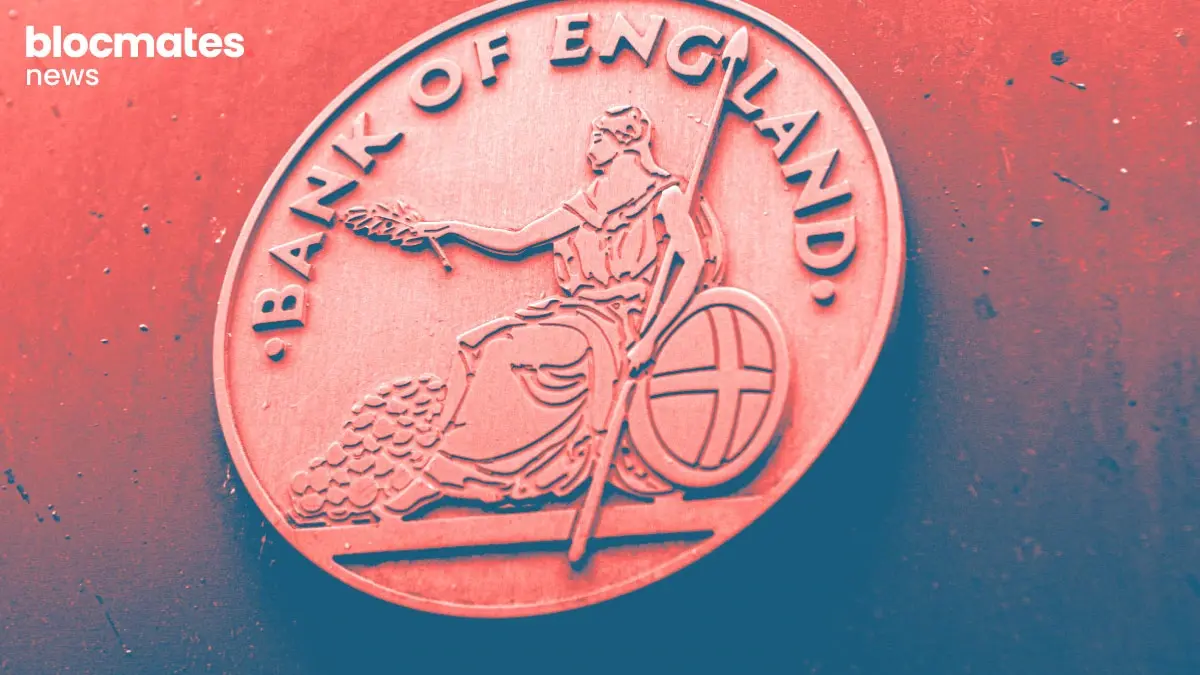
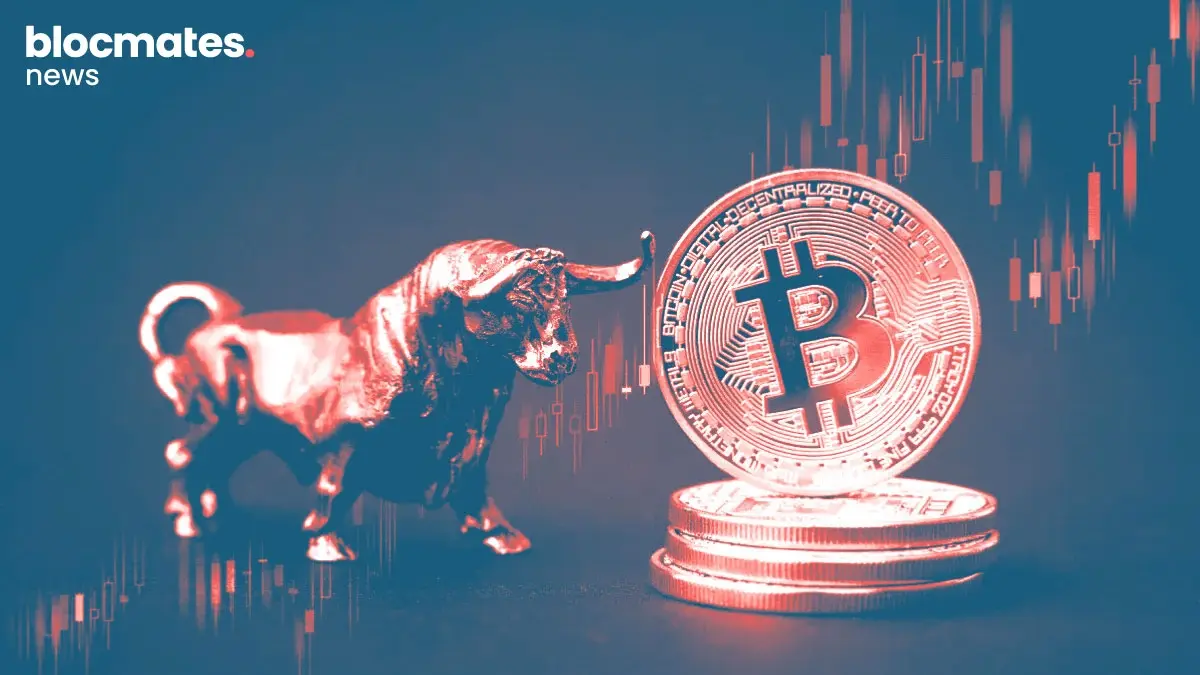

.webp)
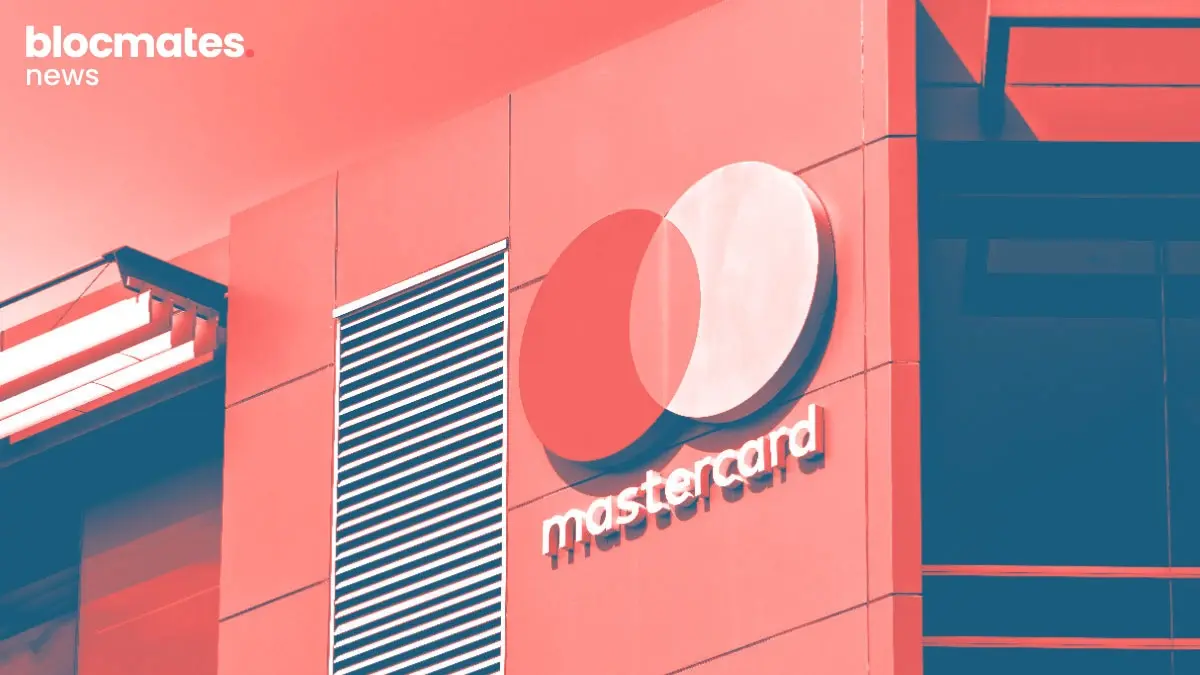

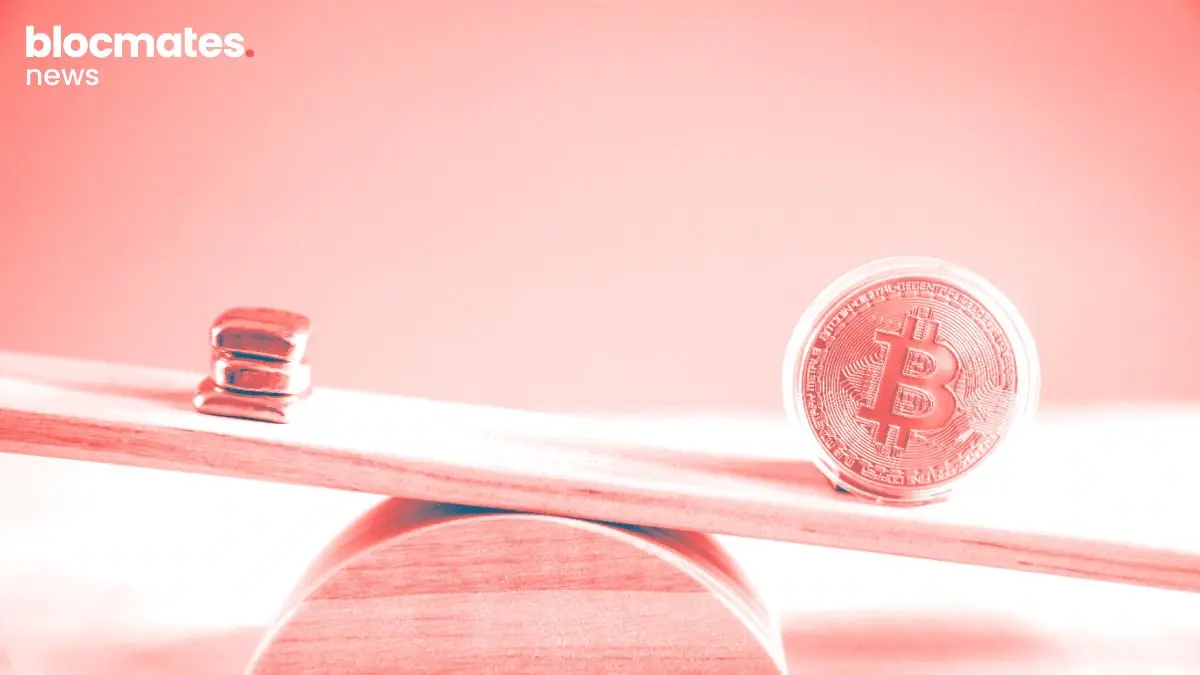




.webp)




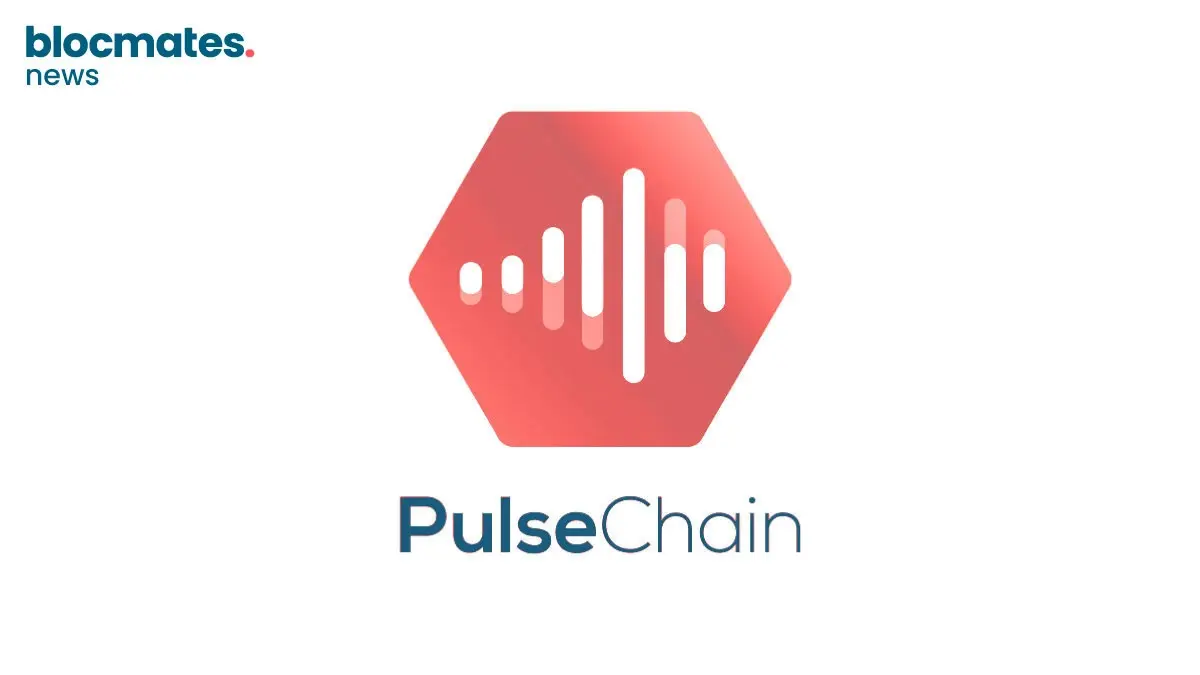
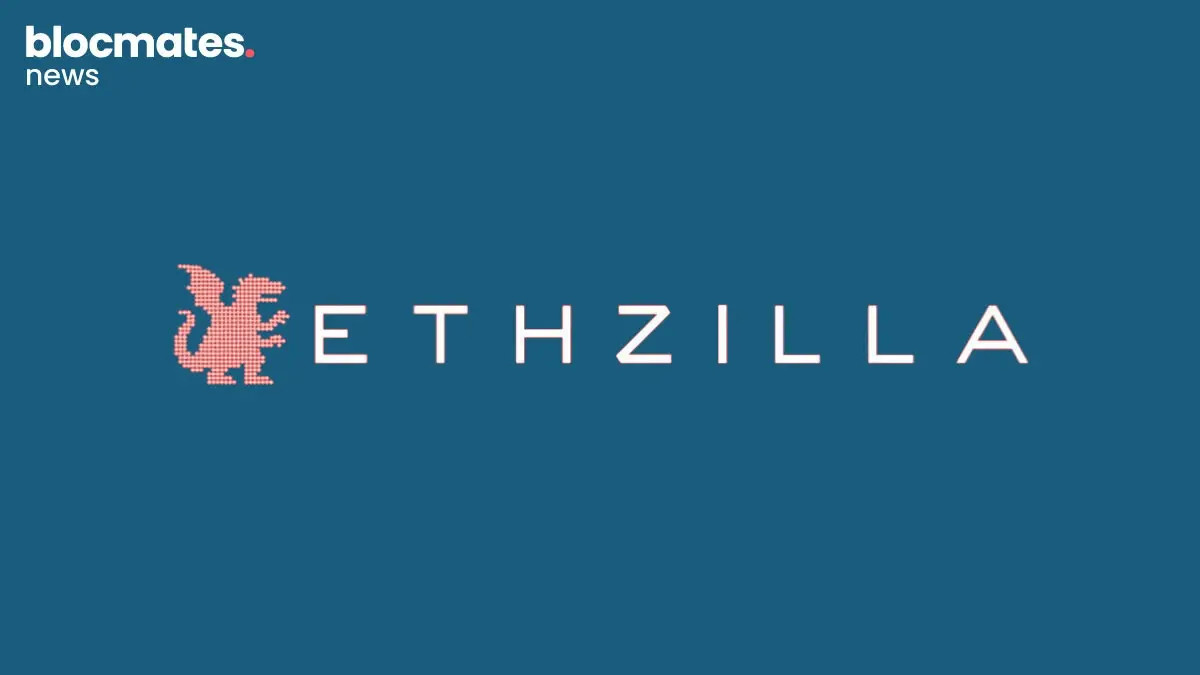
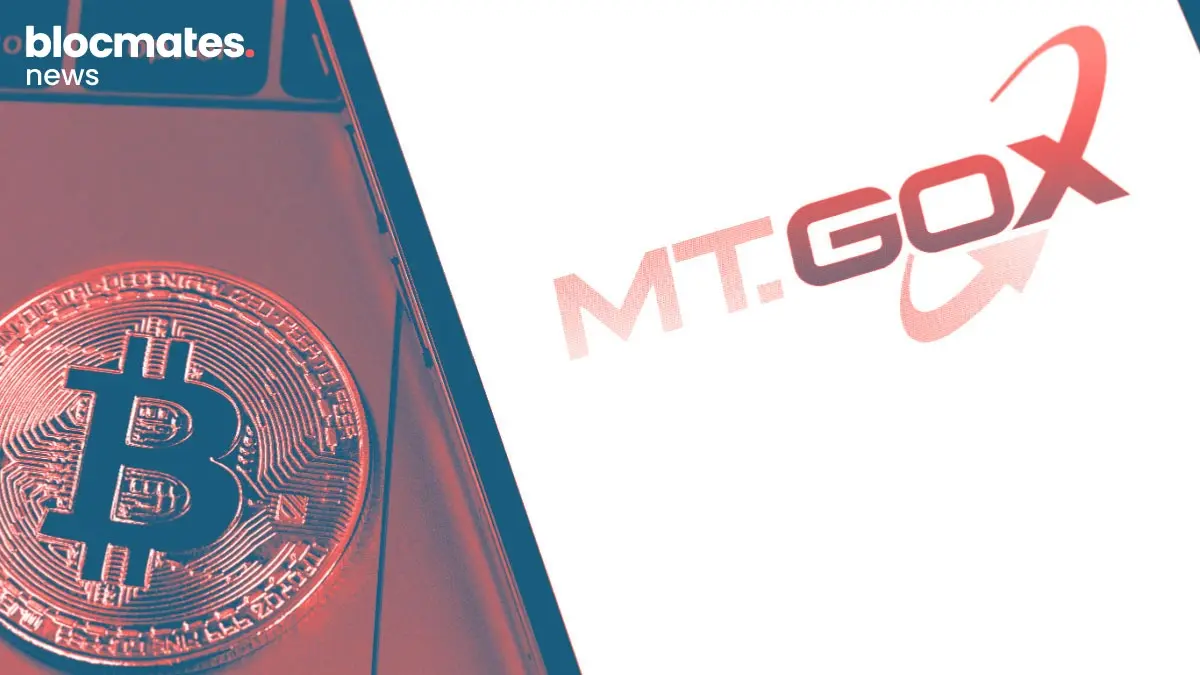
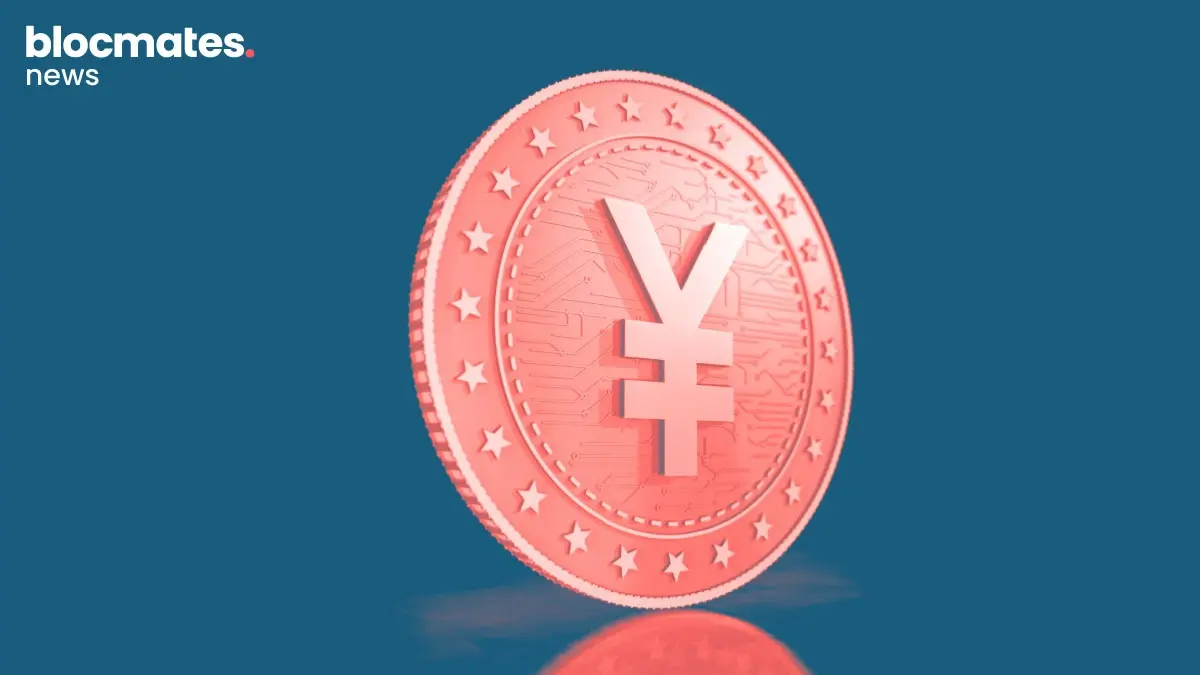
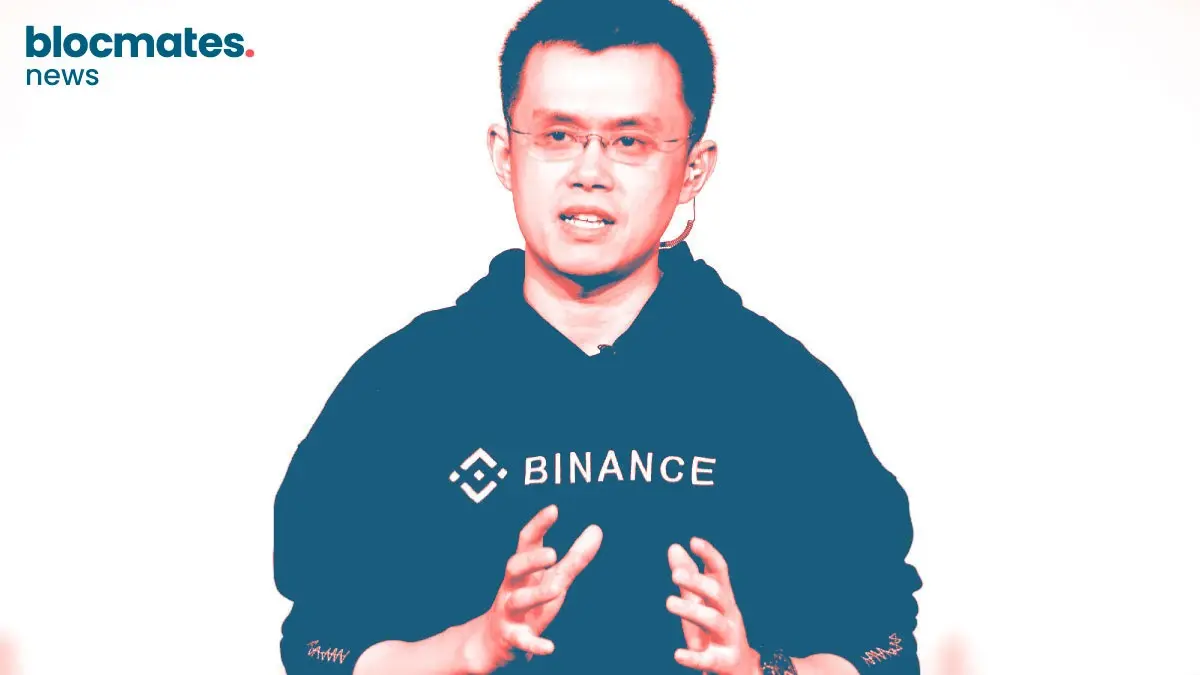


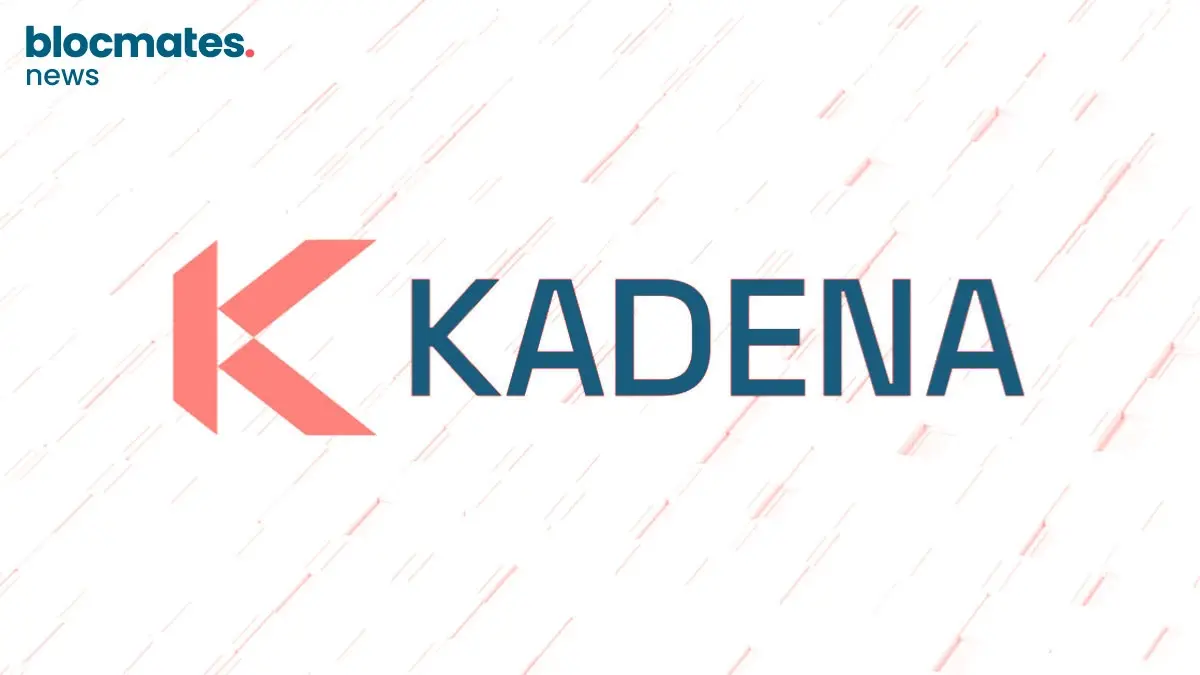

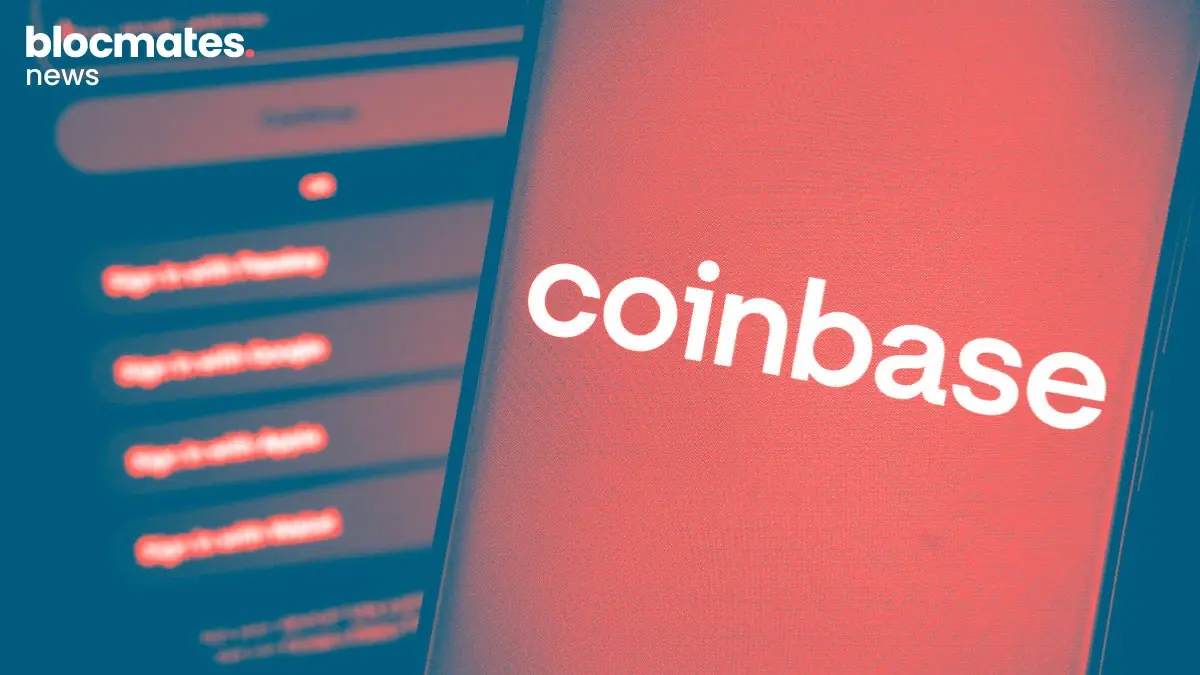
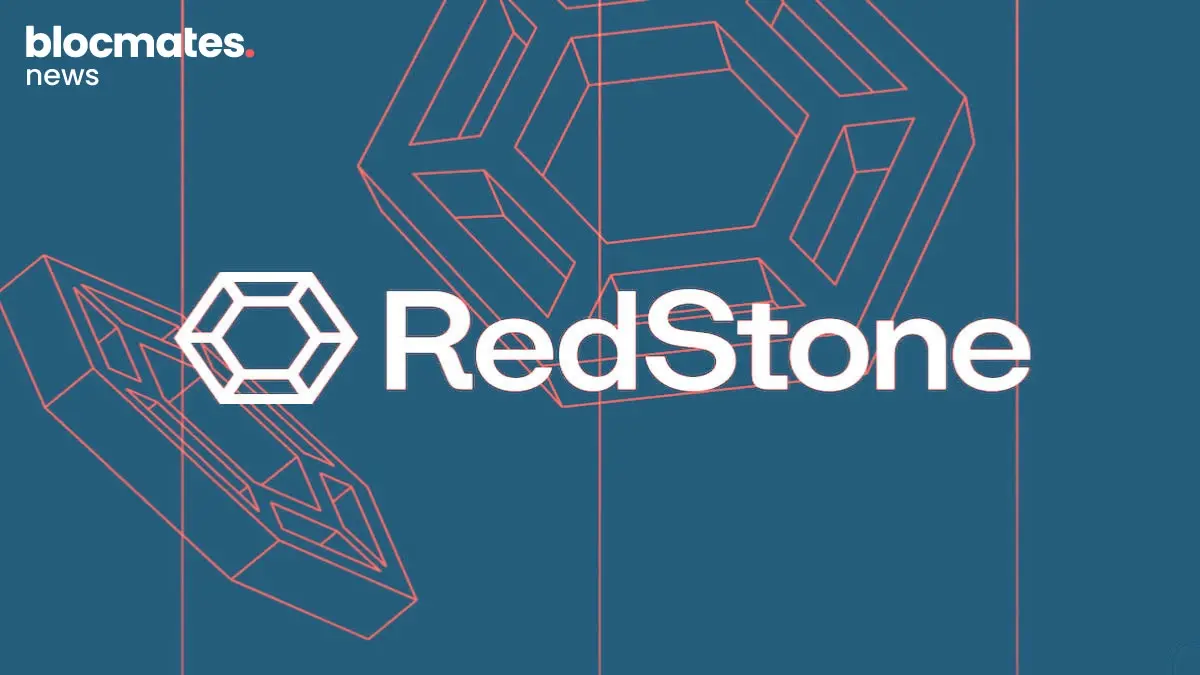
.webp)

.webp)
.webp)

.webp)


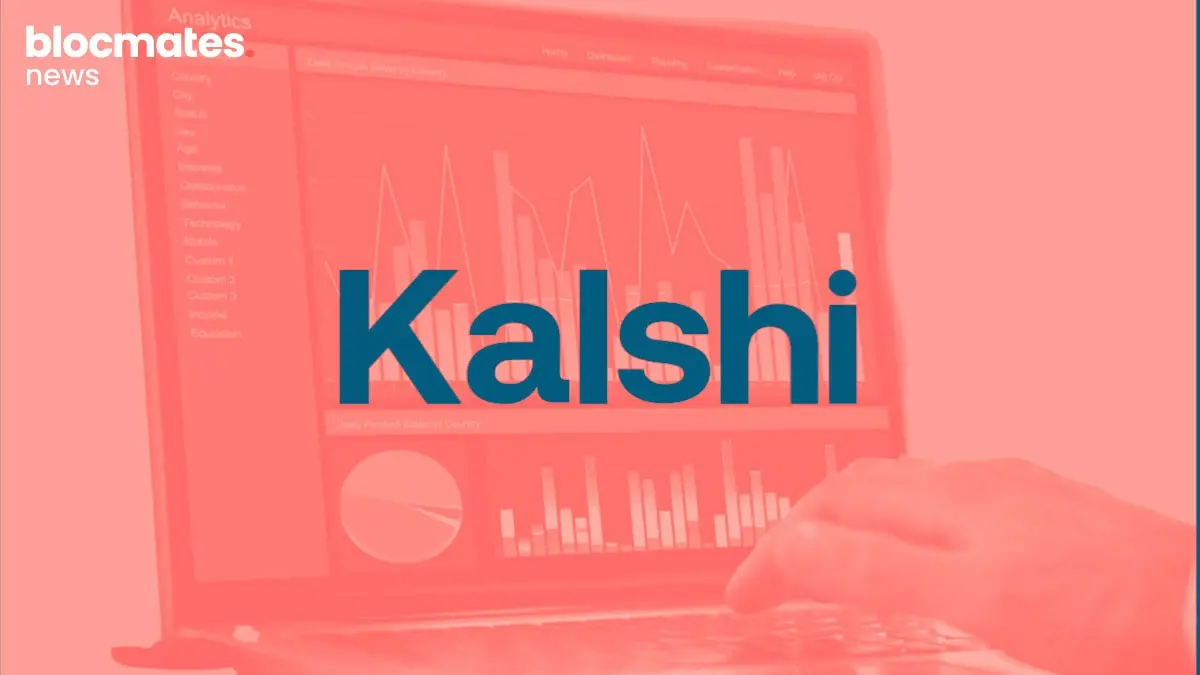






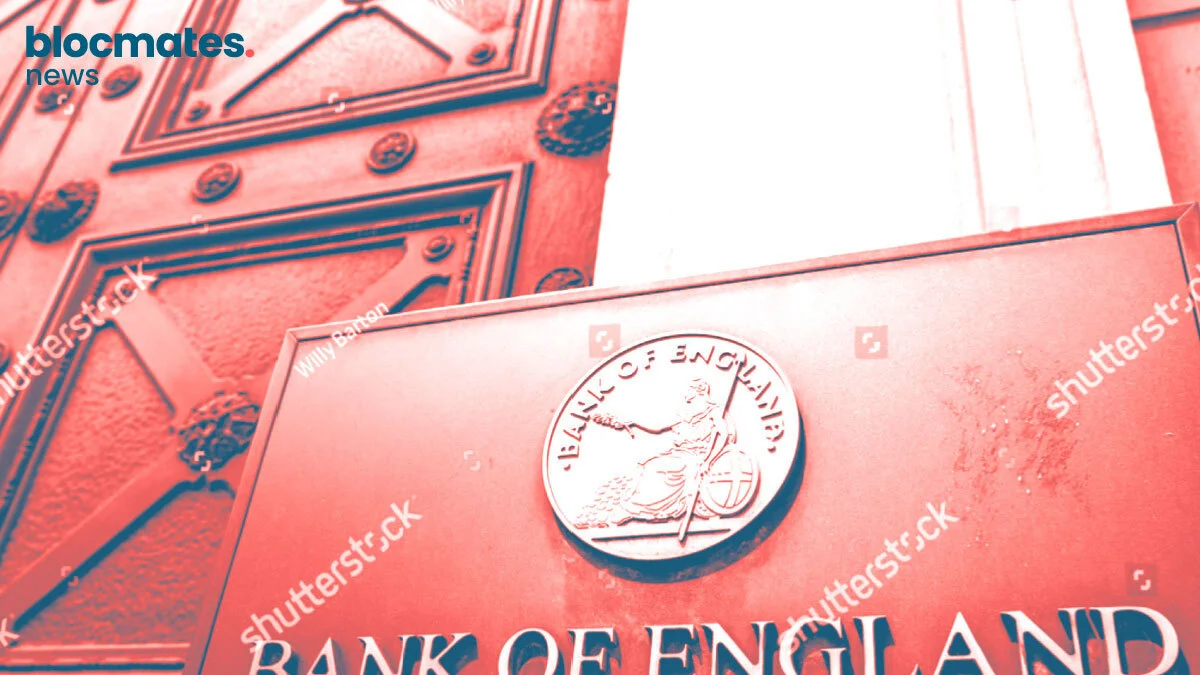

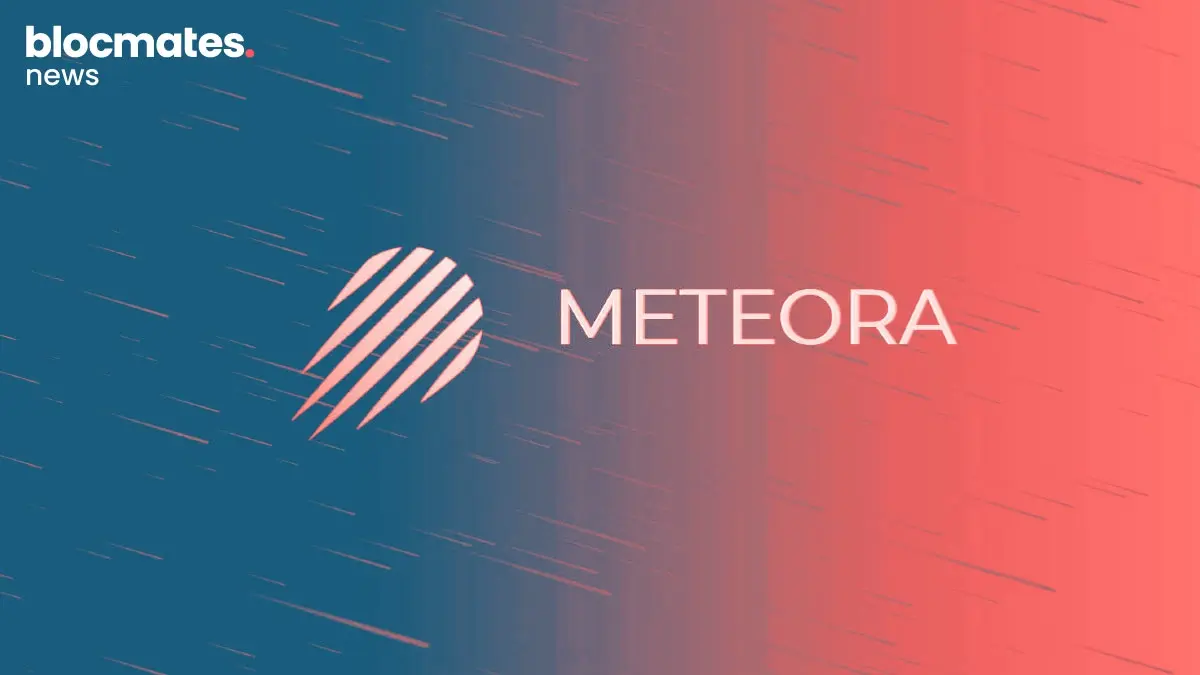
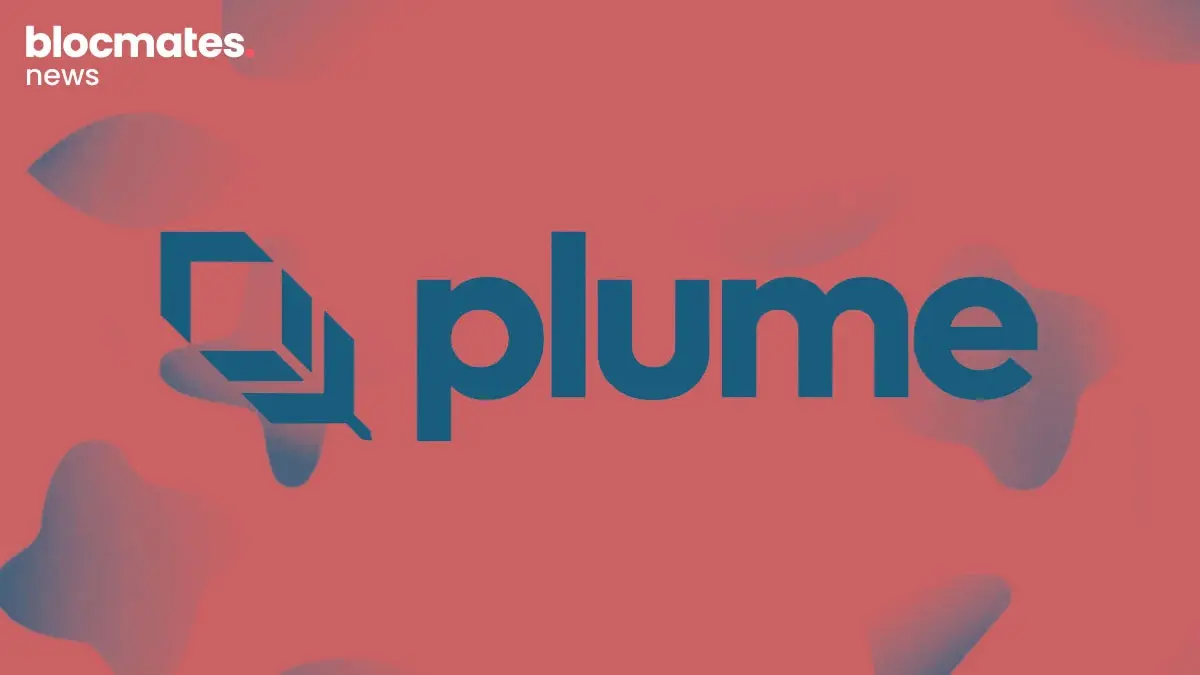

.webp)

.webp)


.webp)

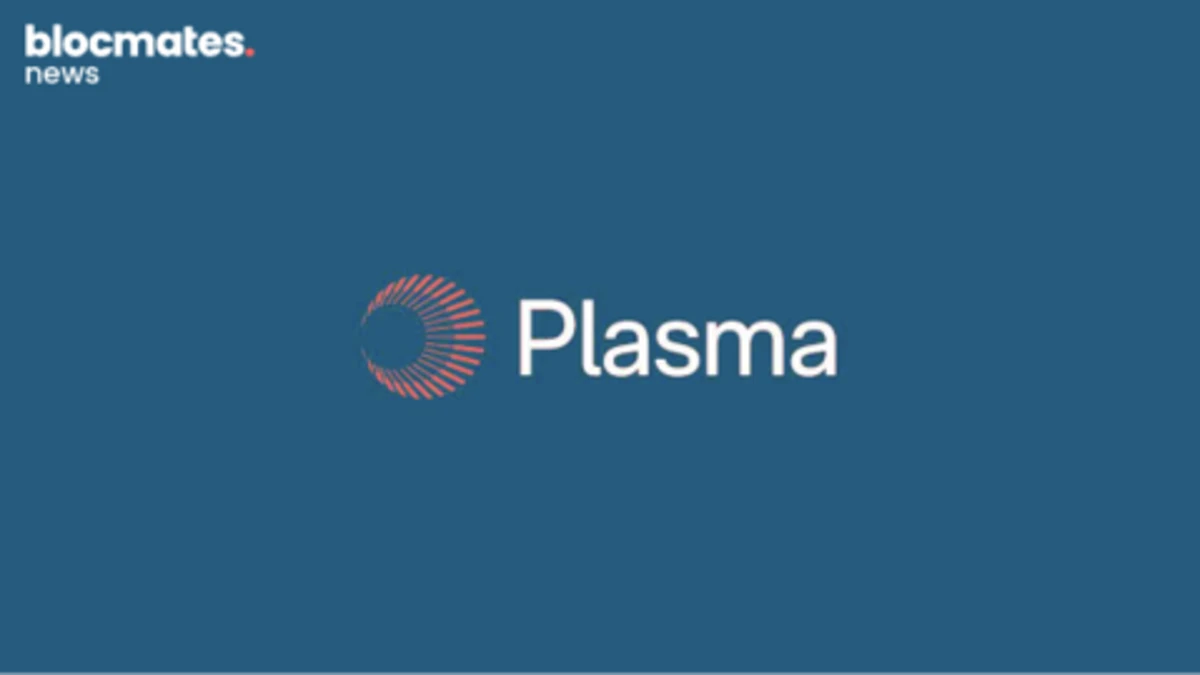

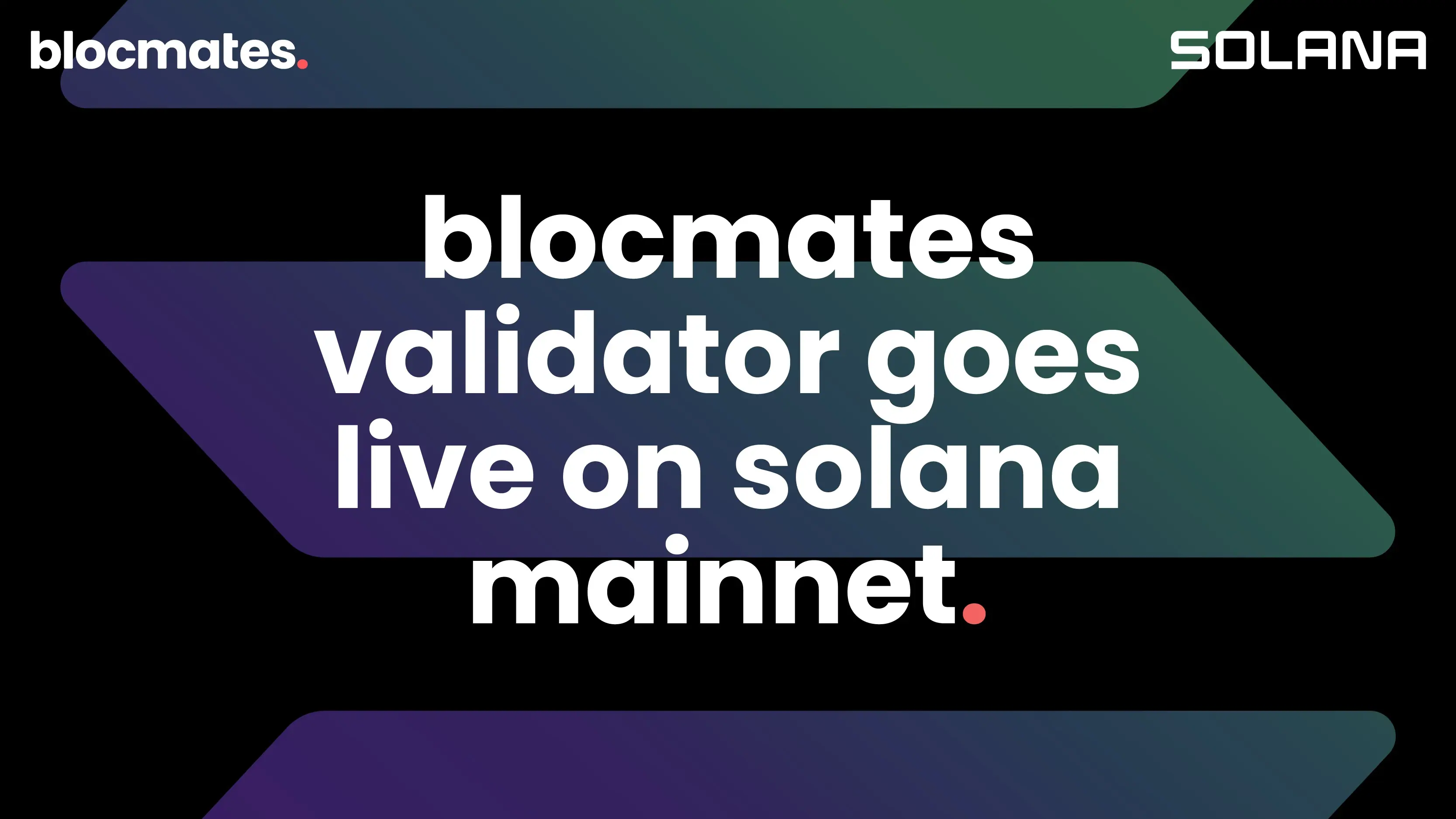
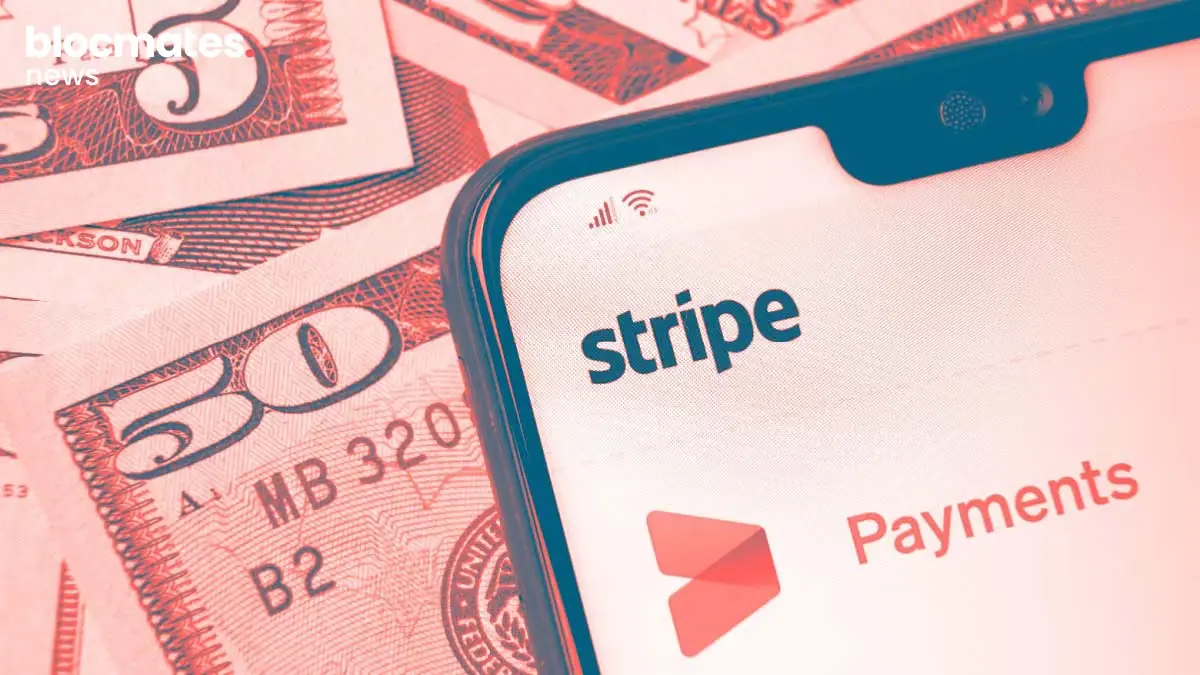



.webp)
